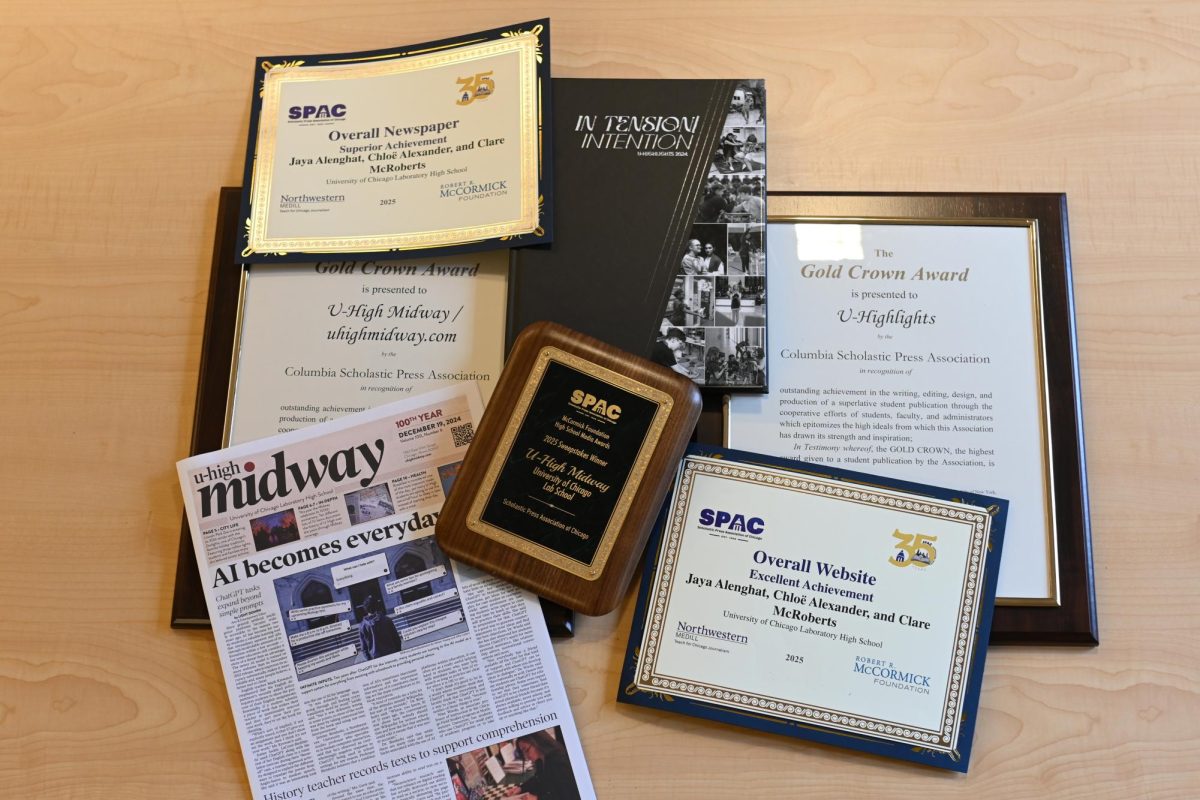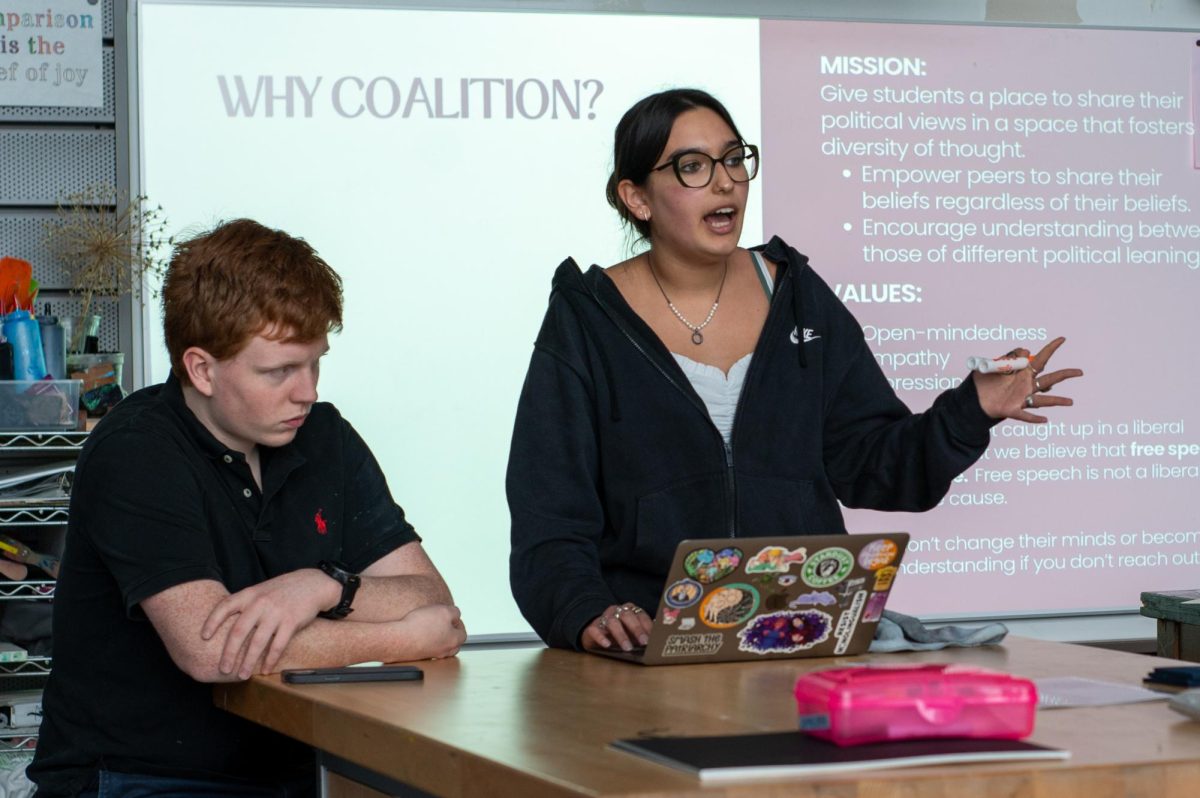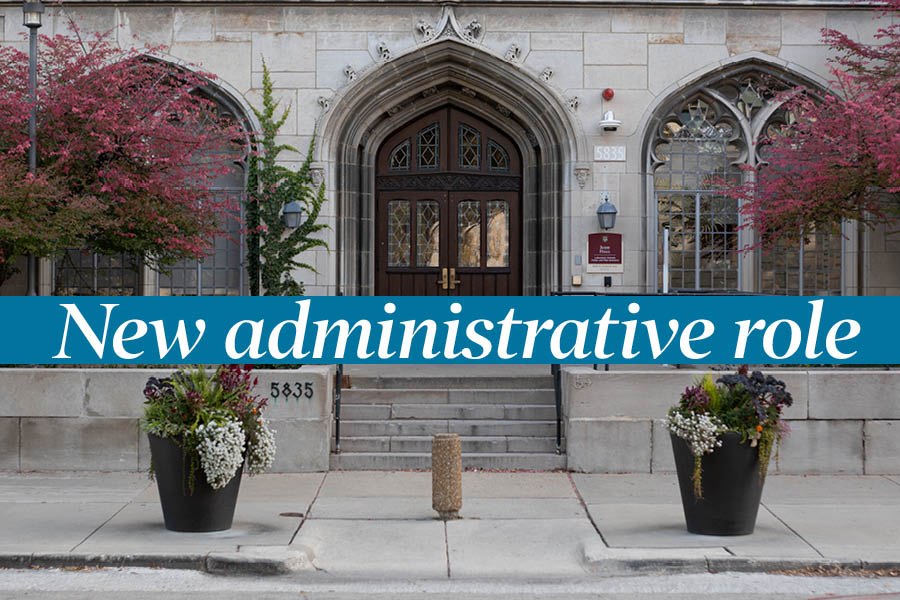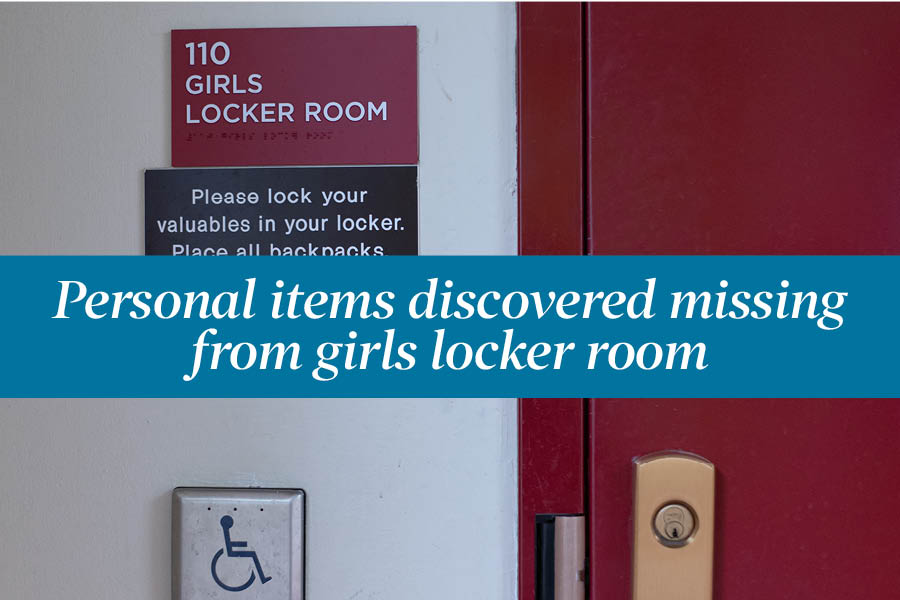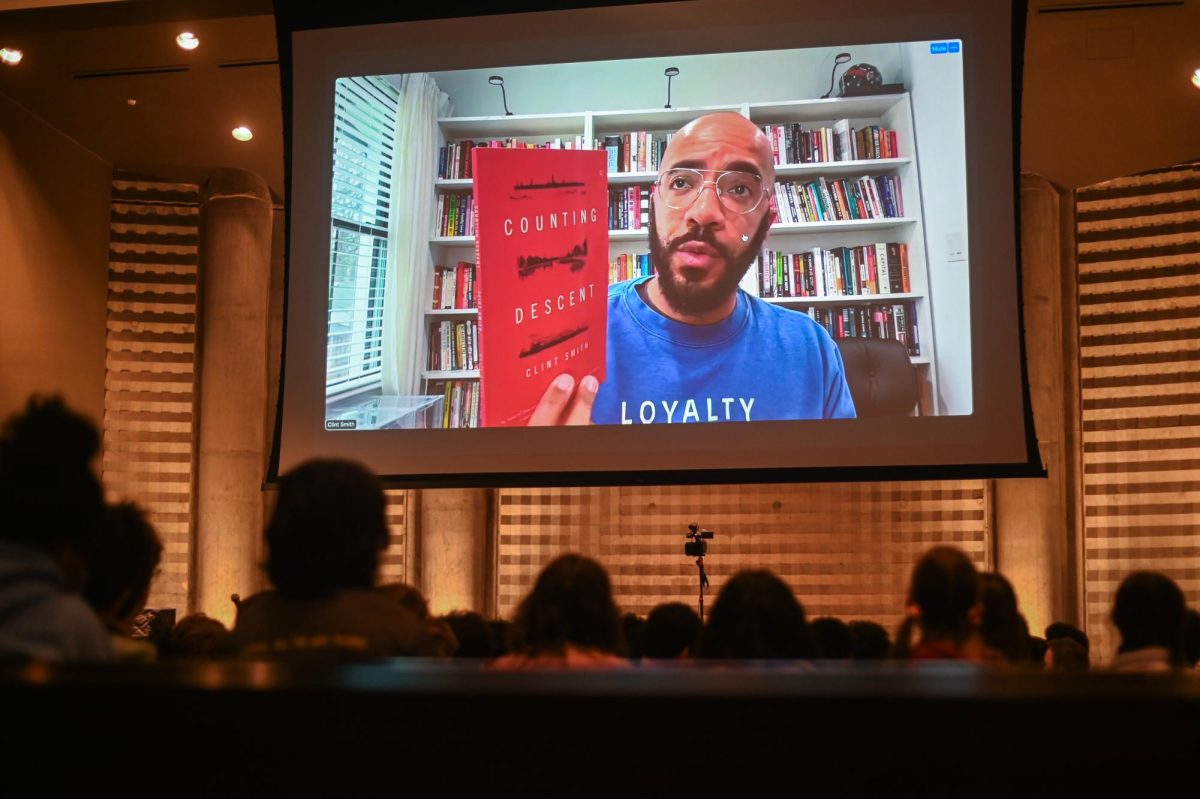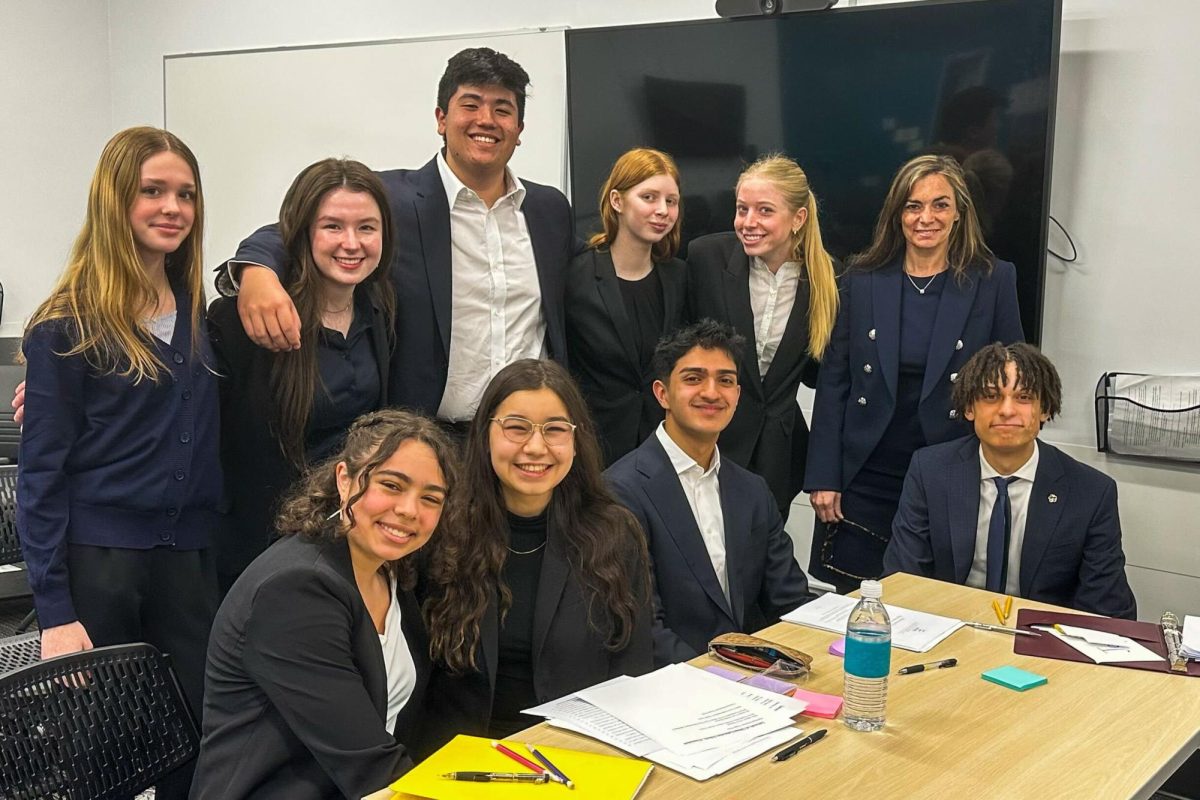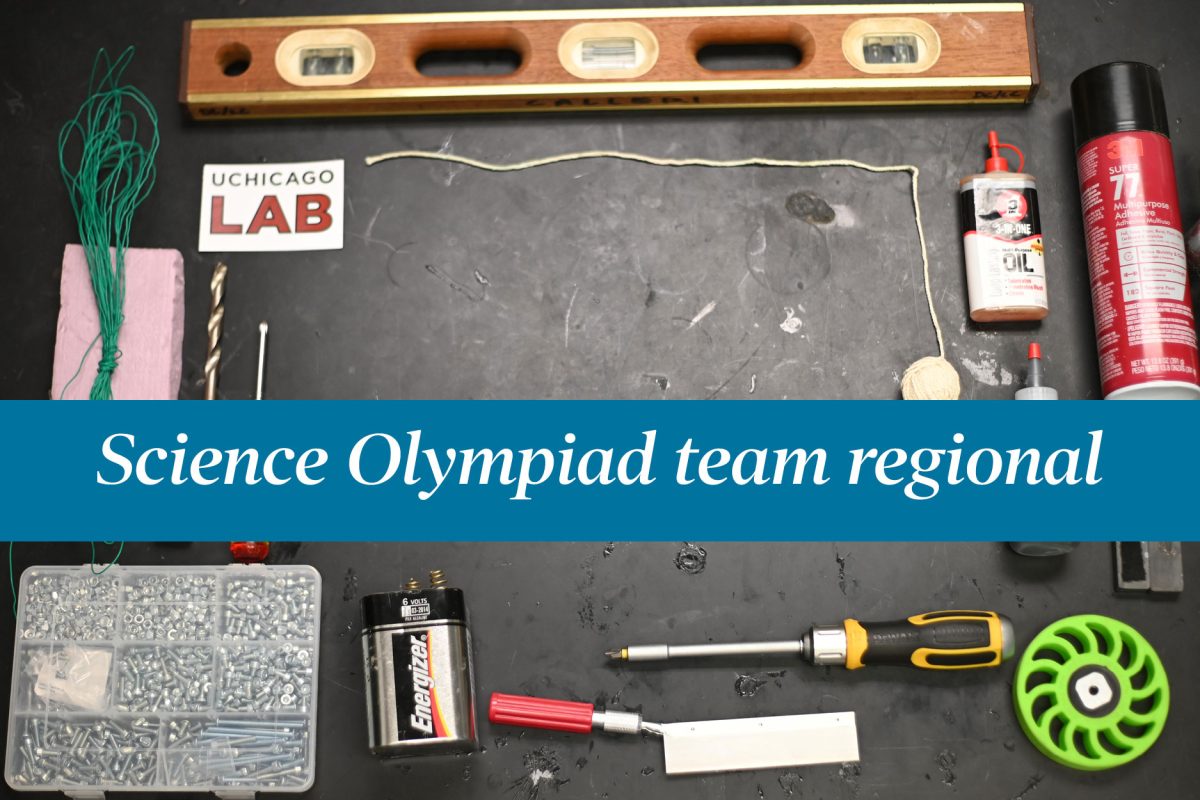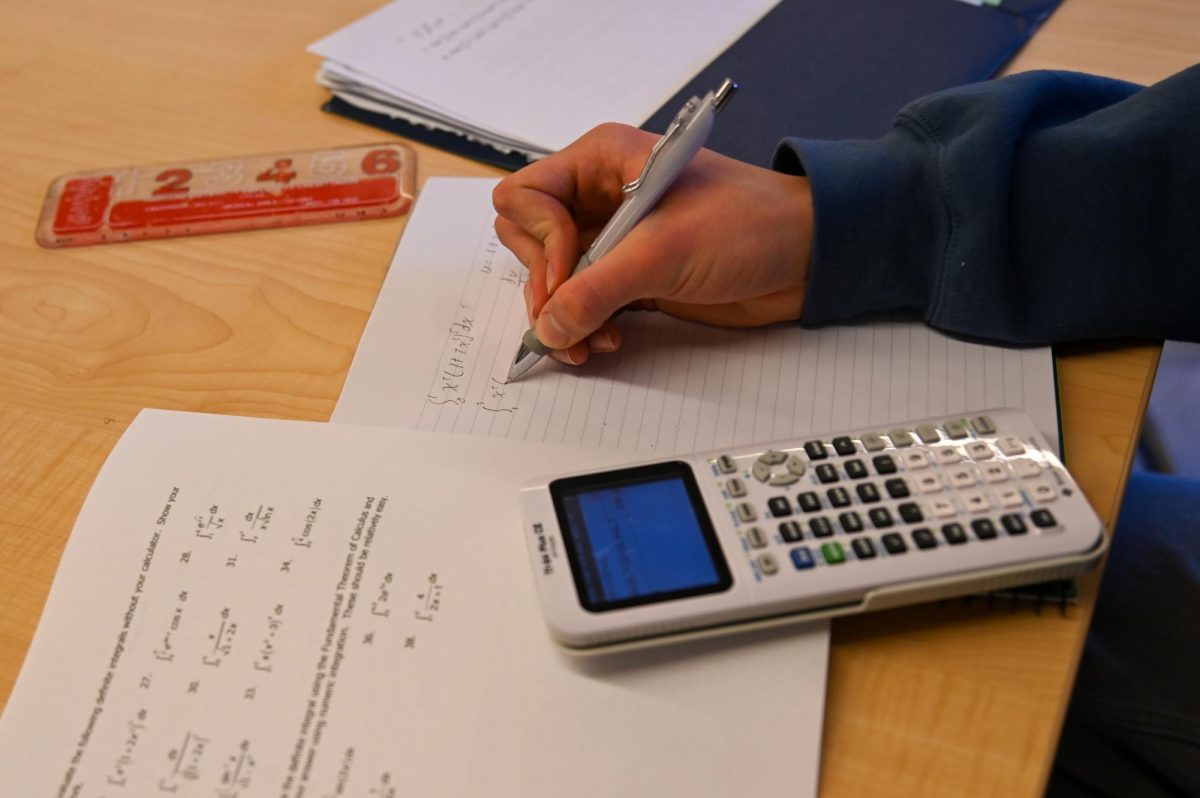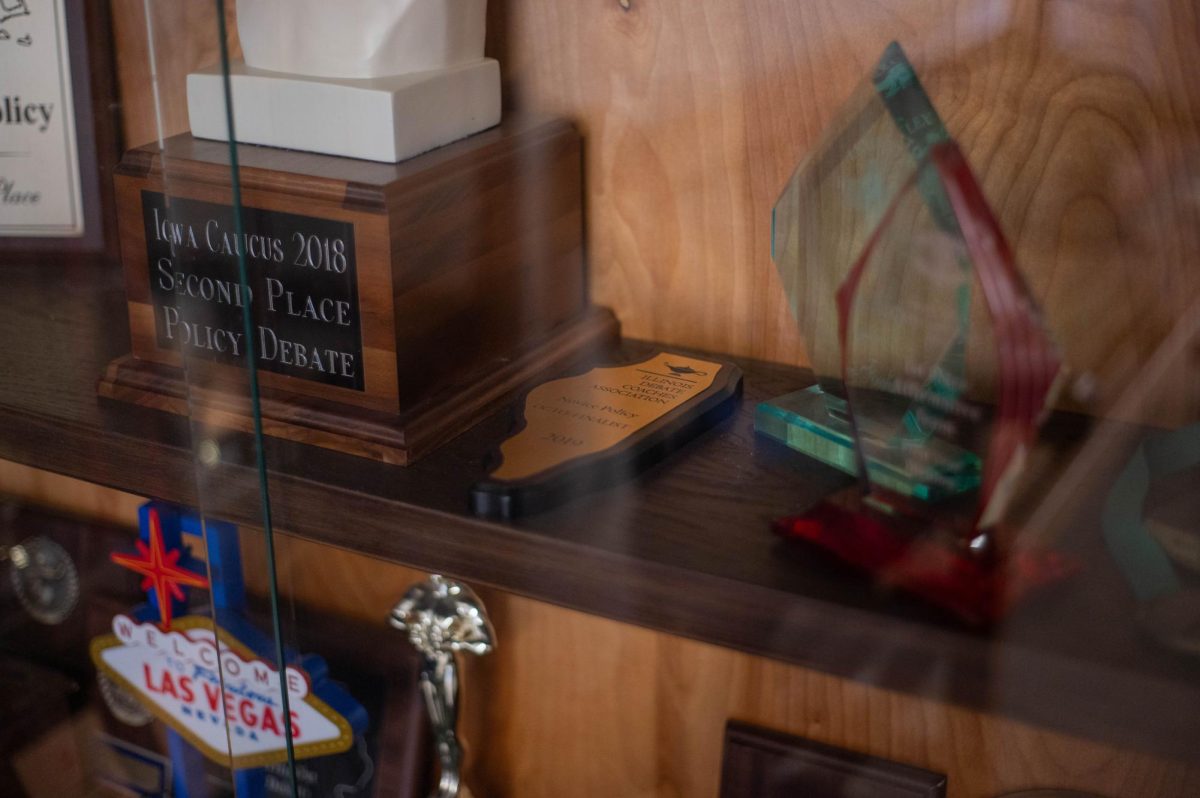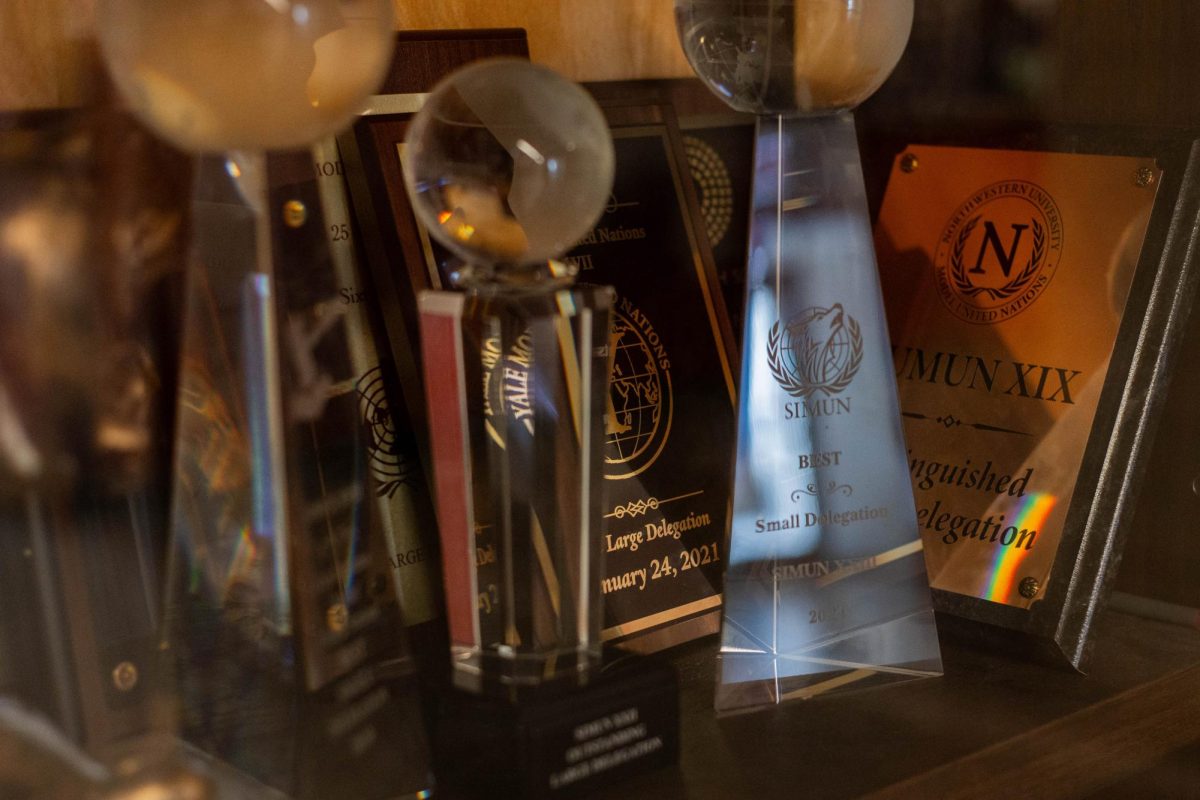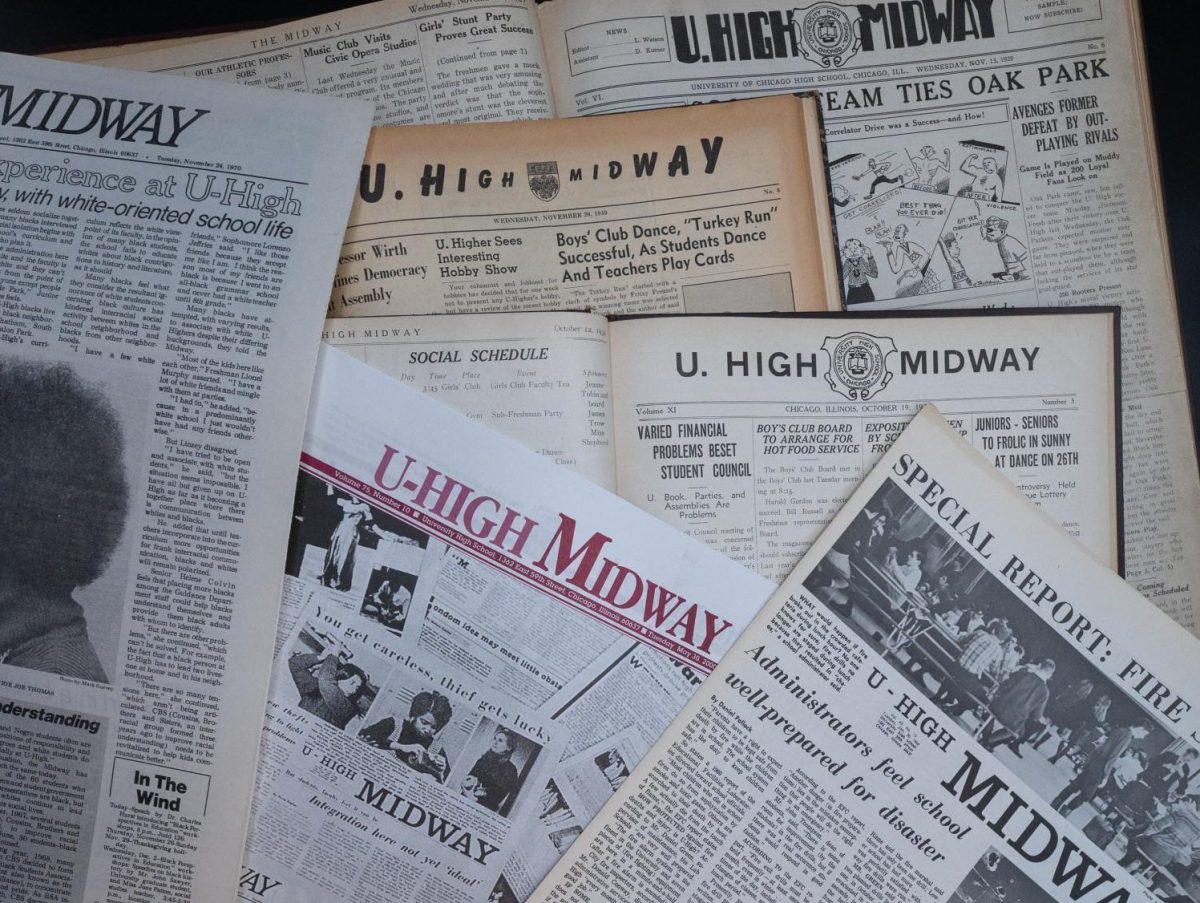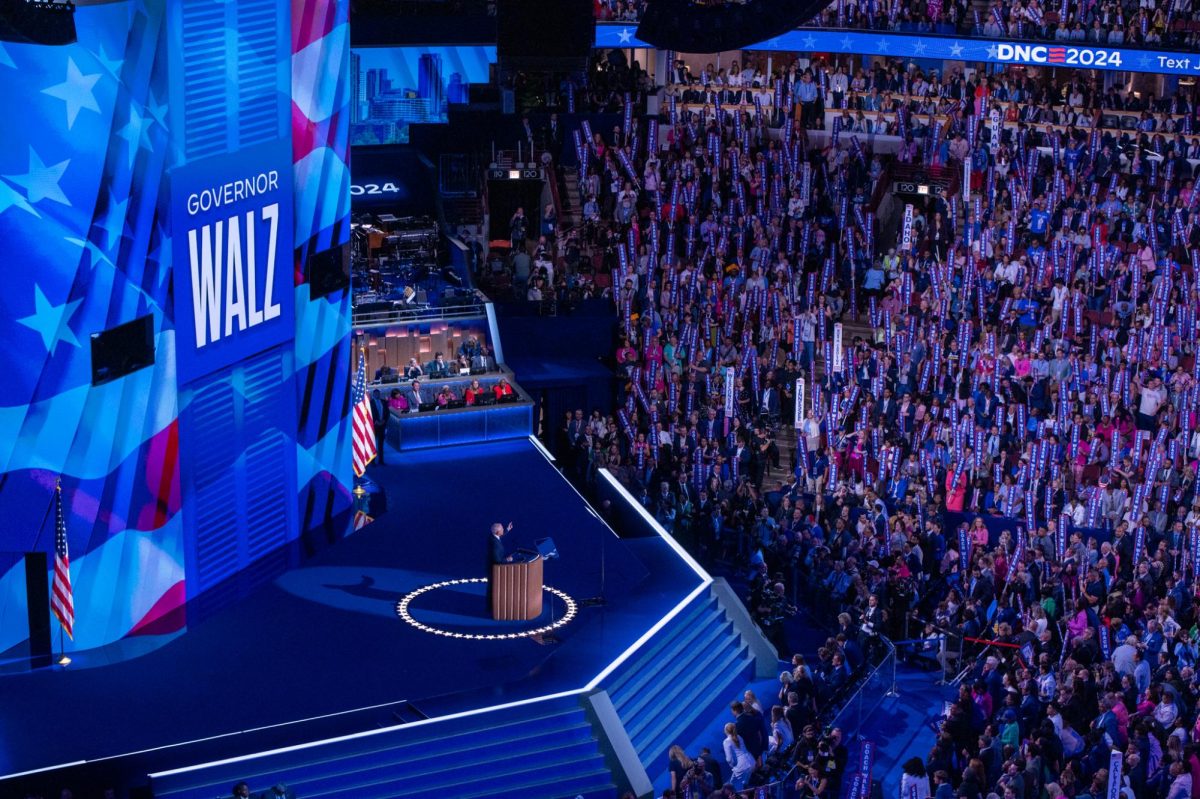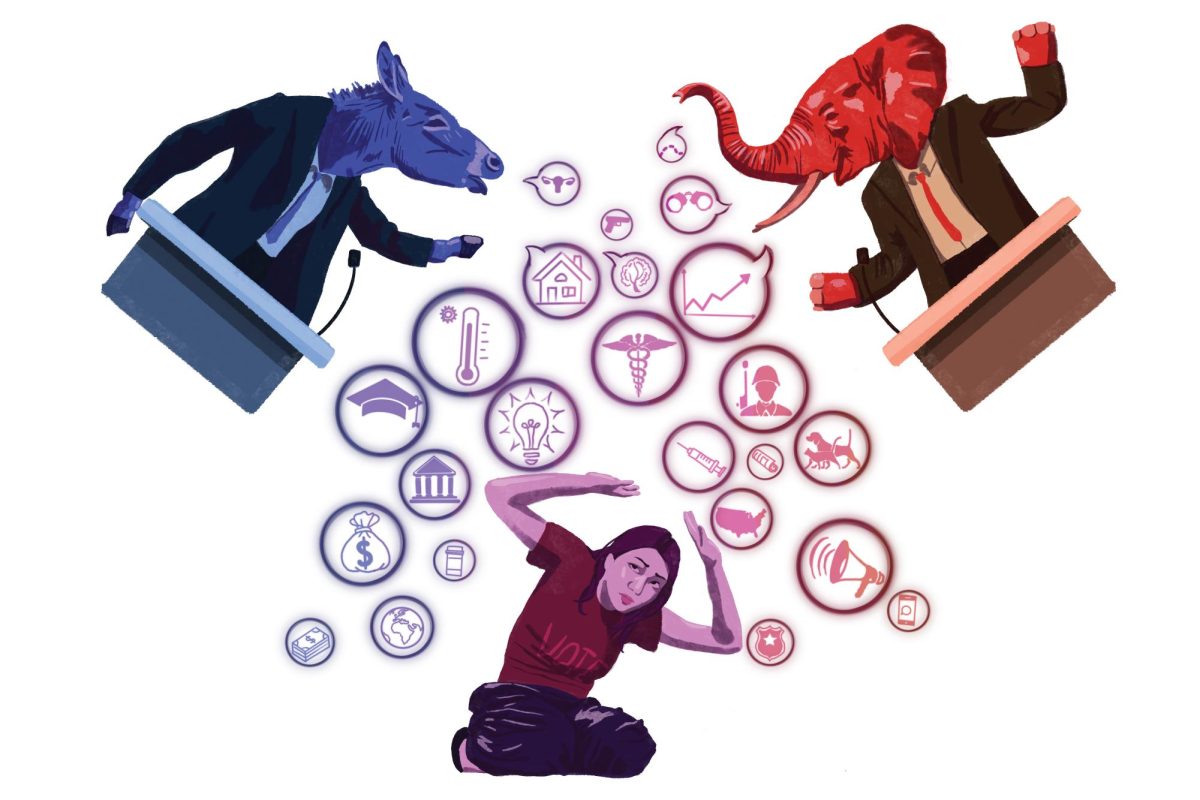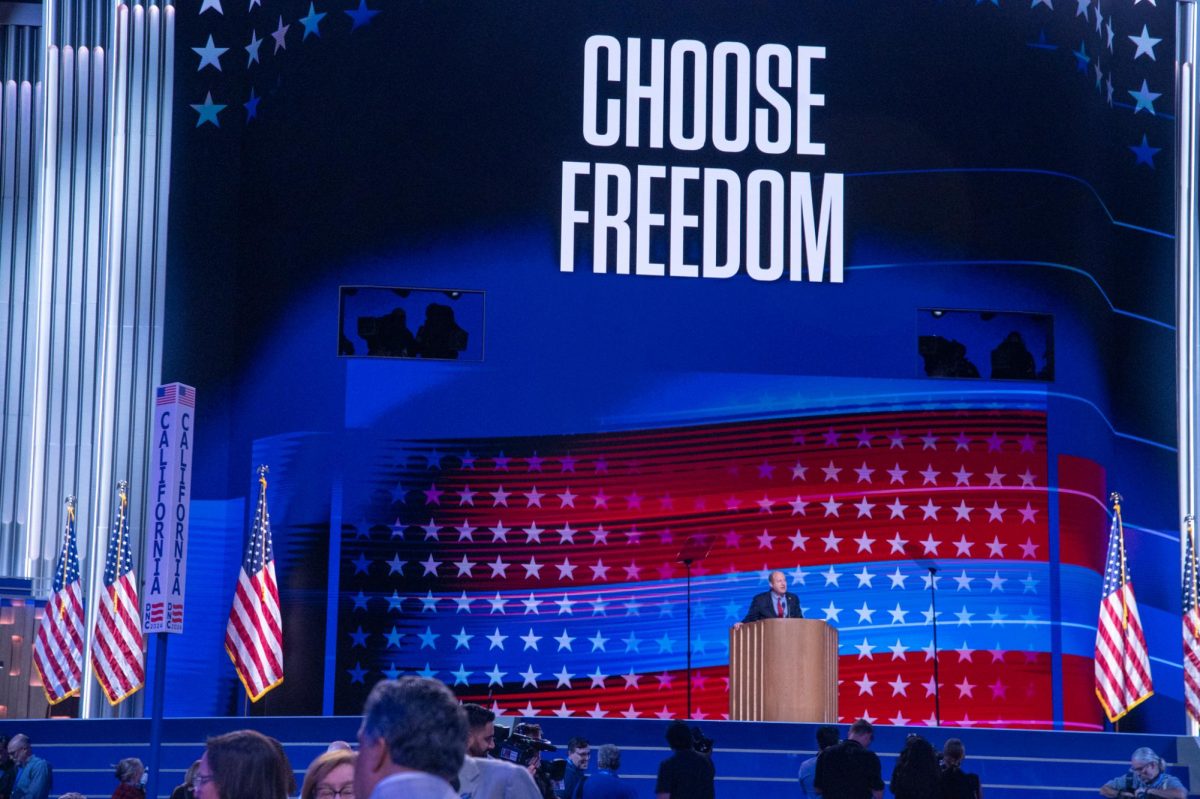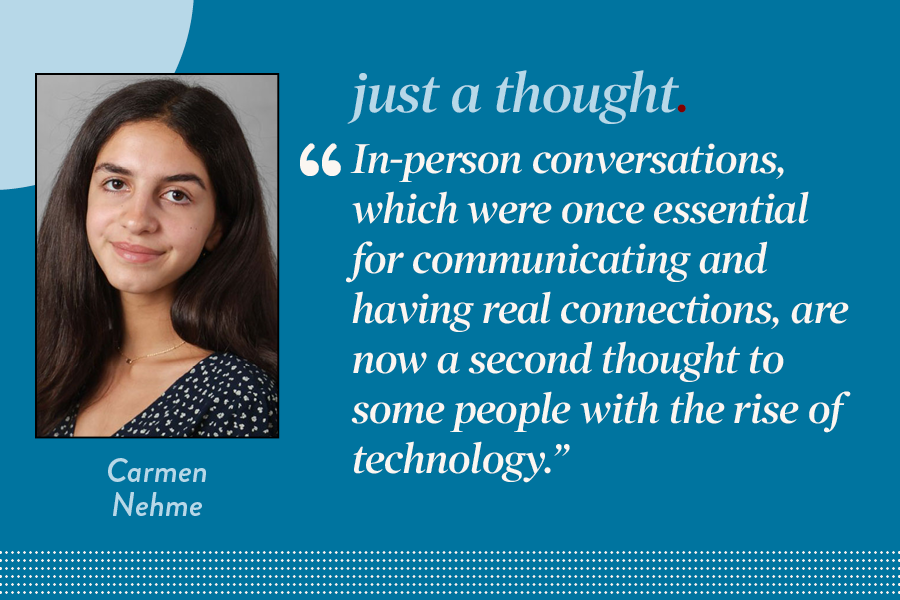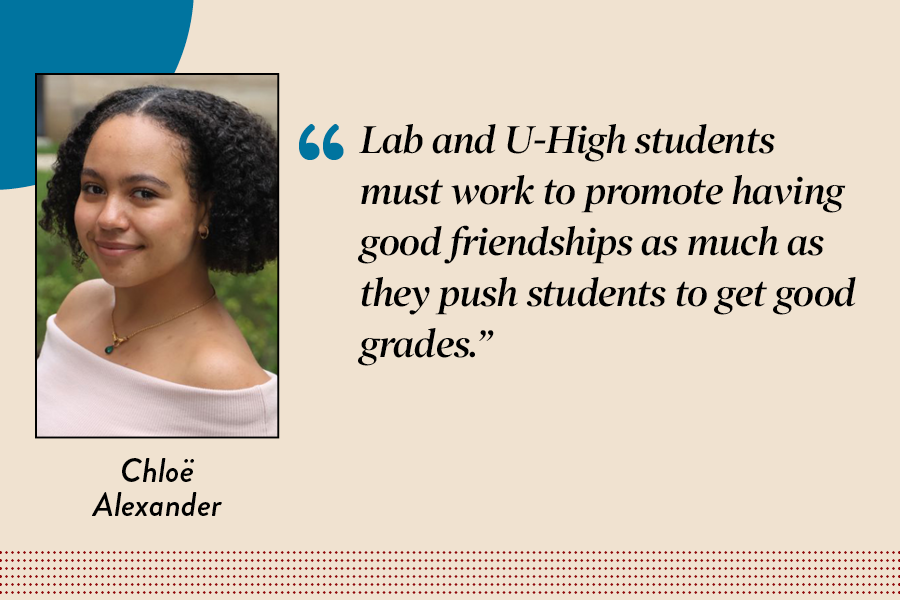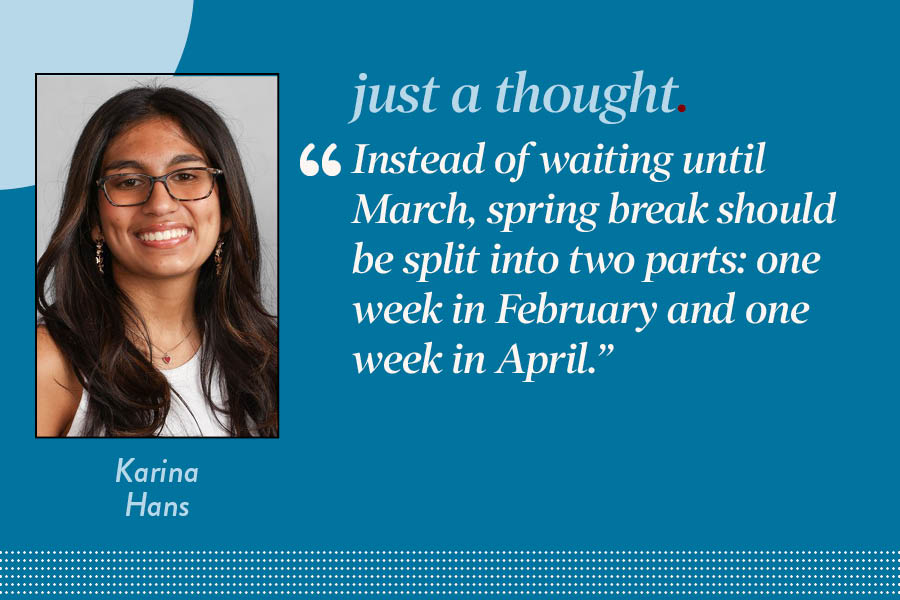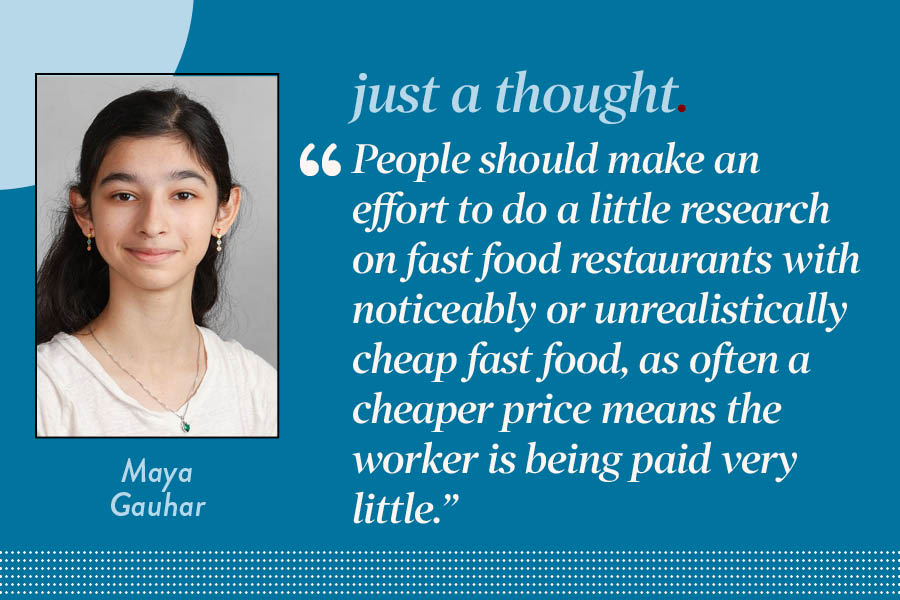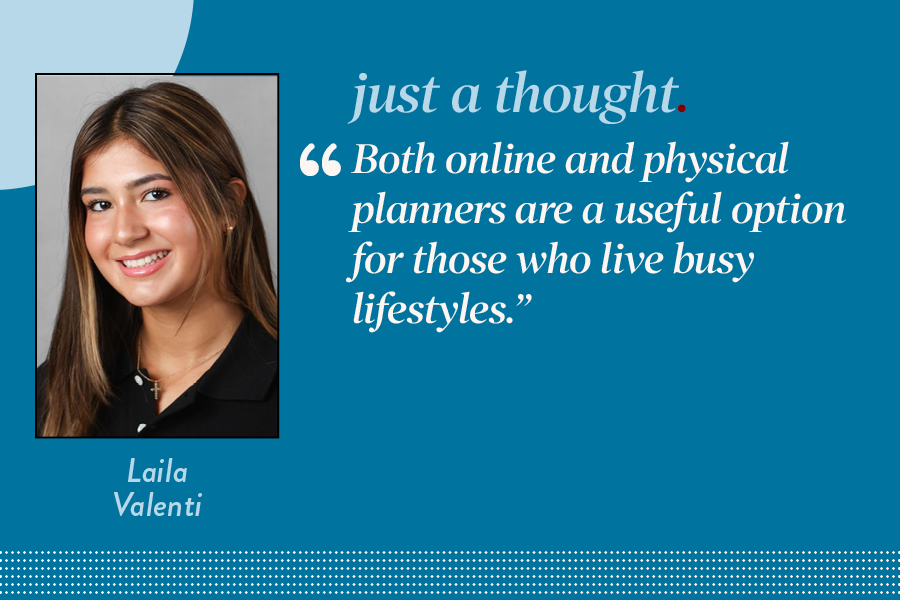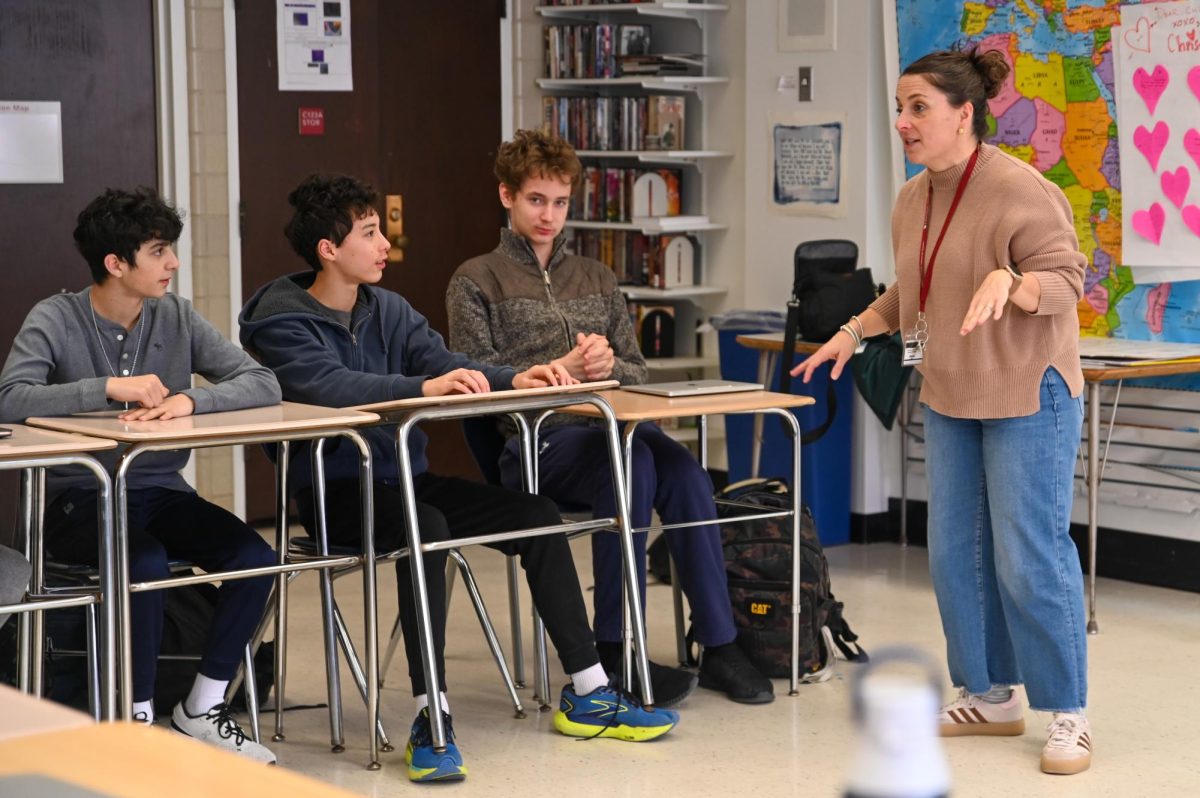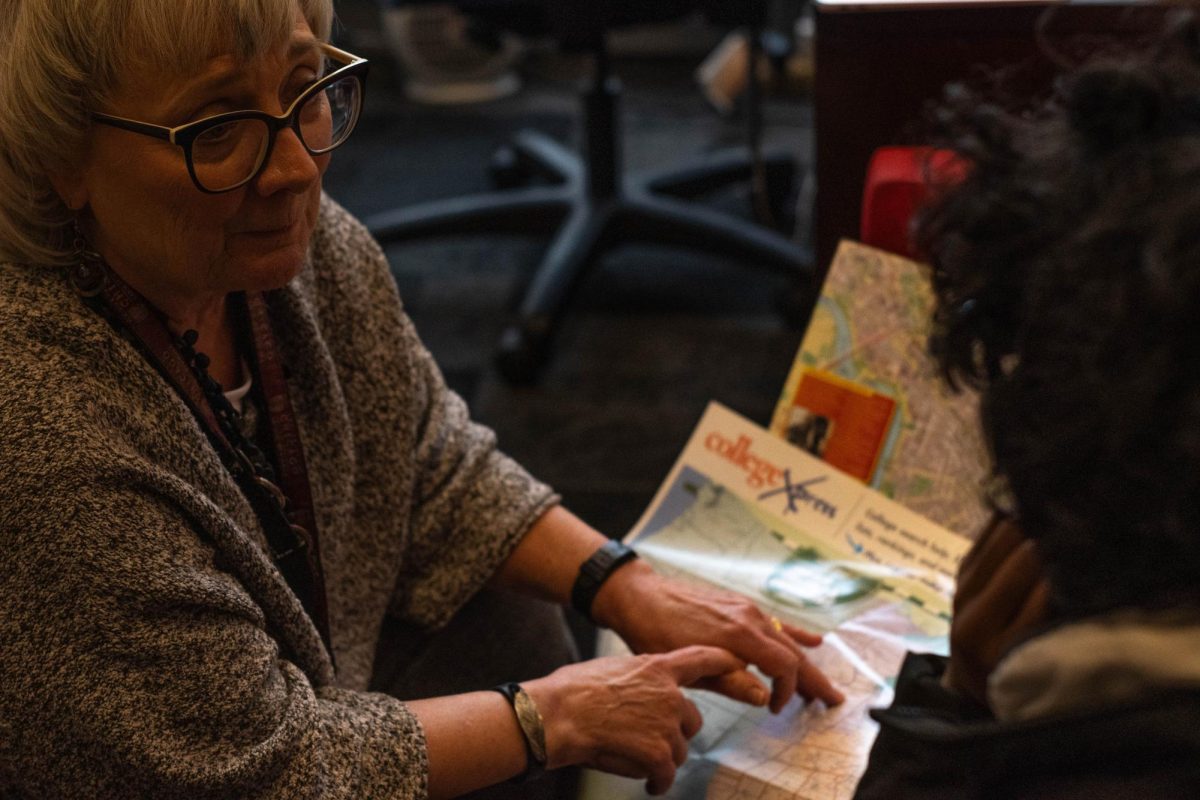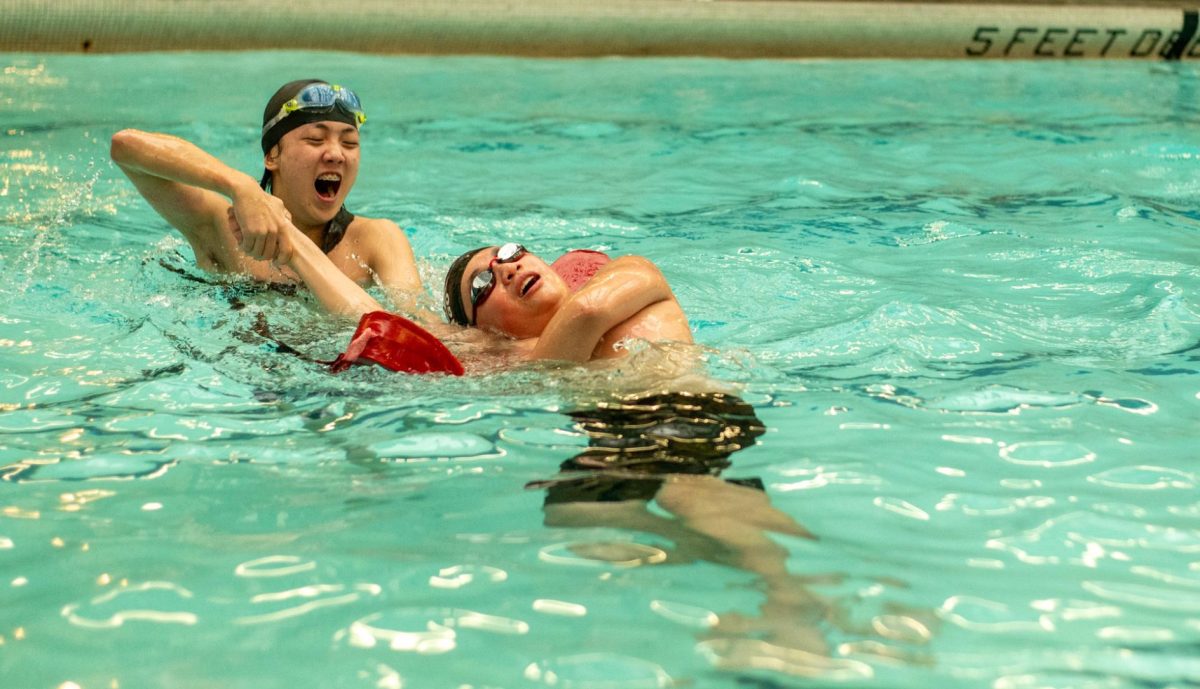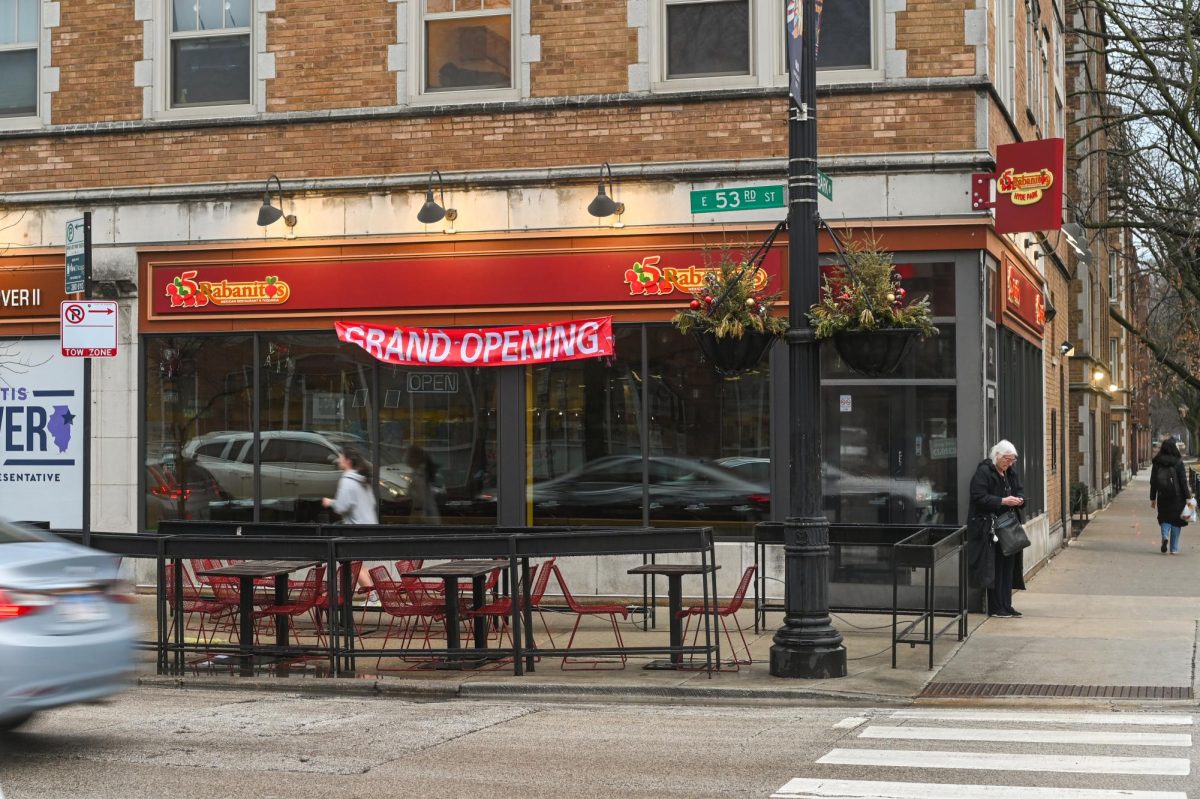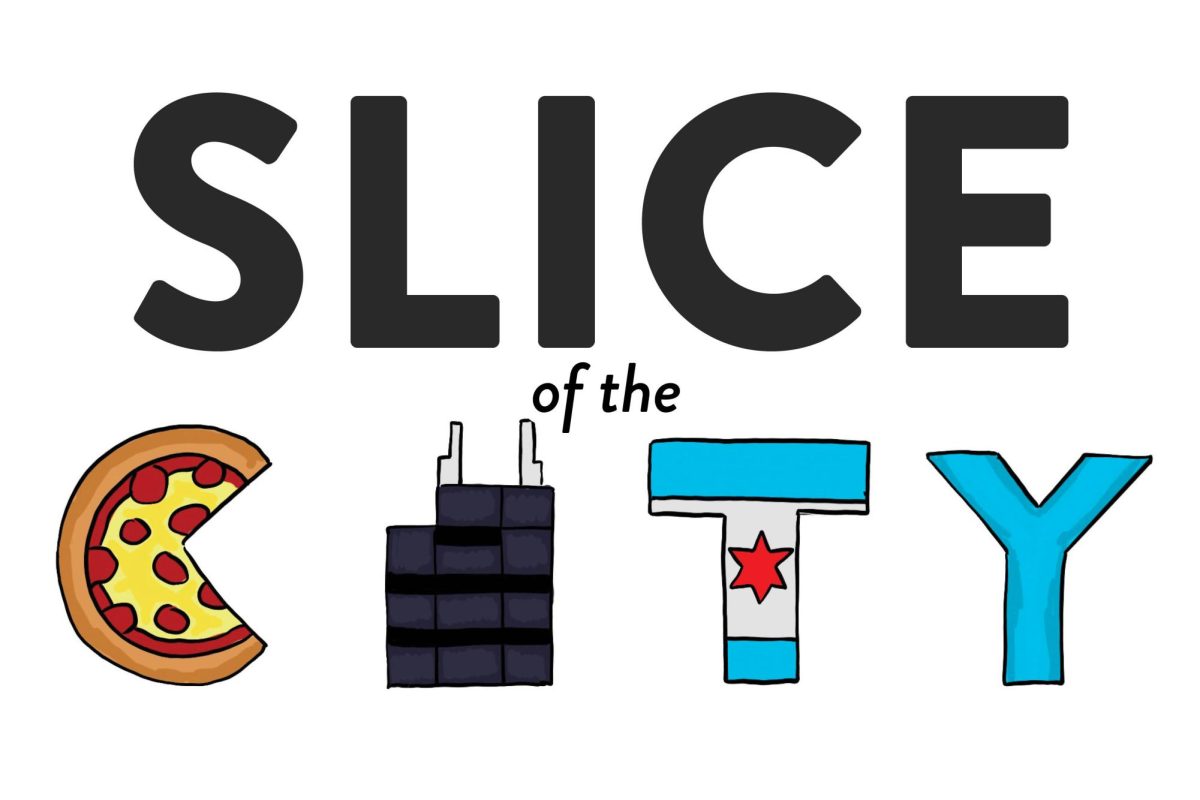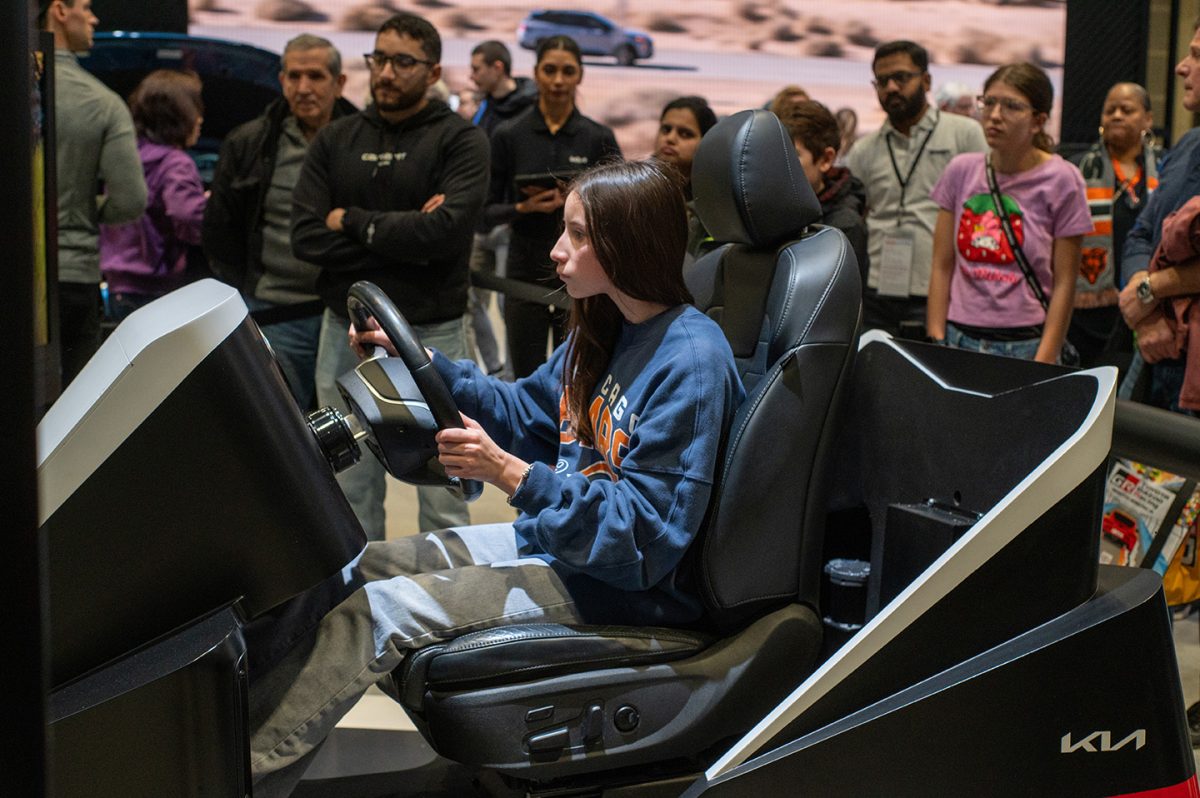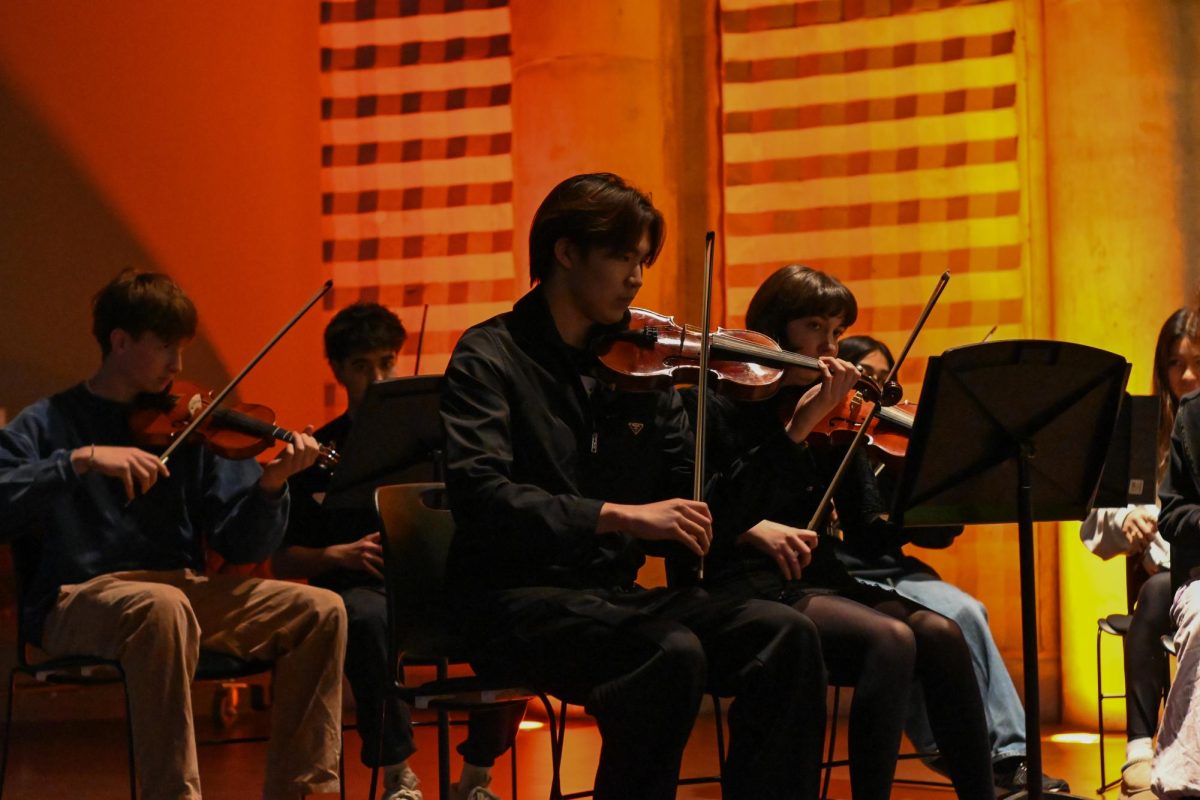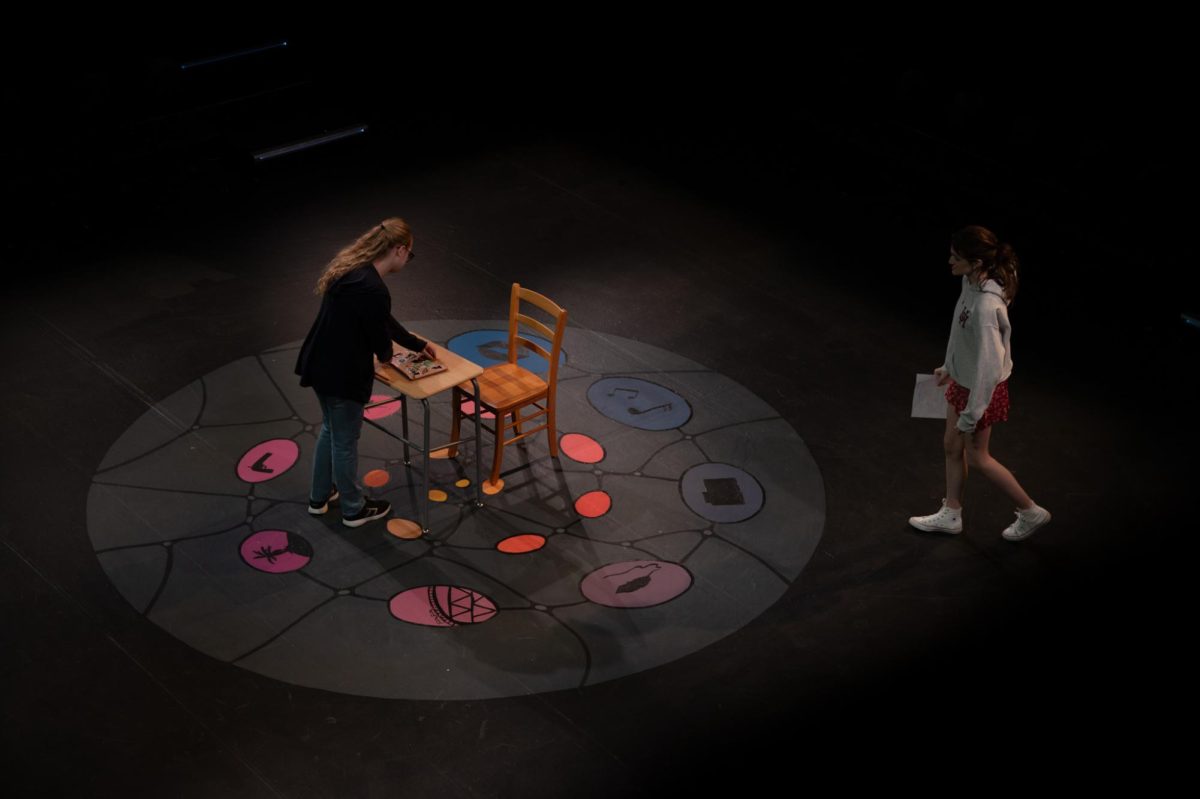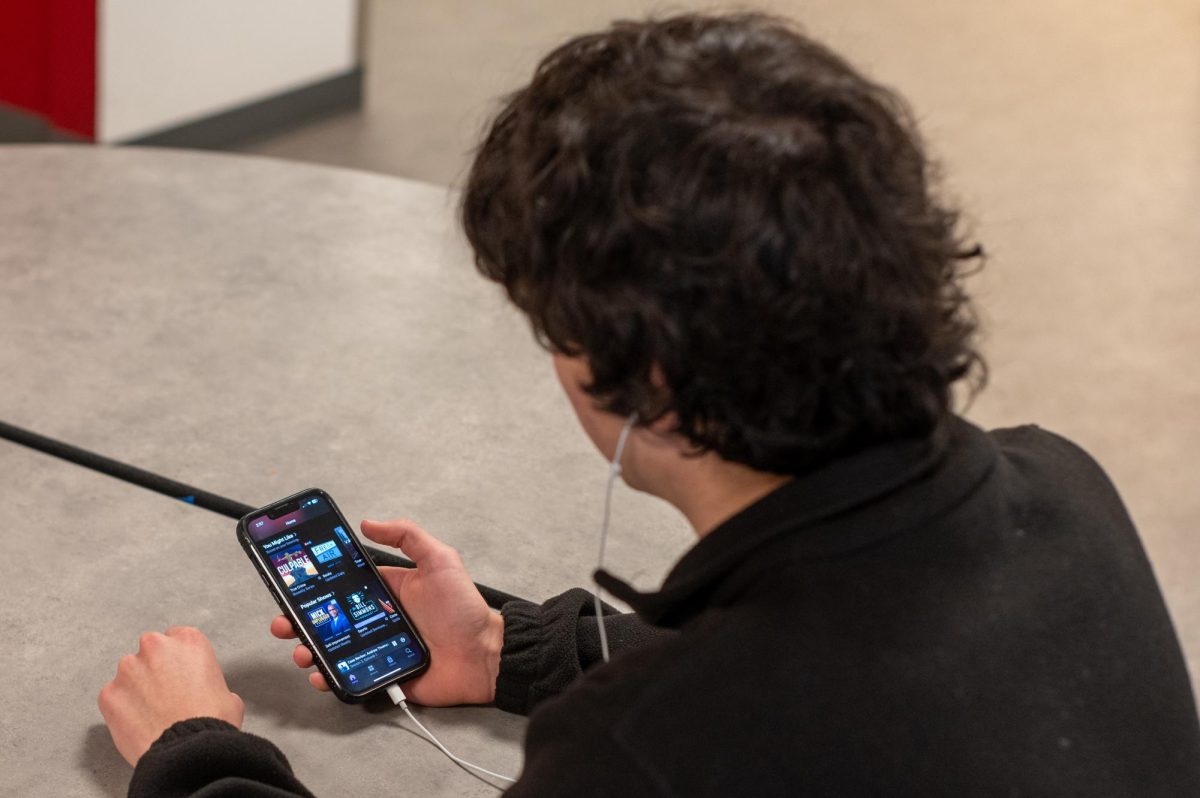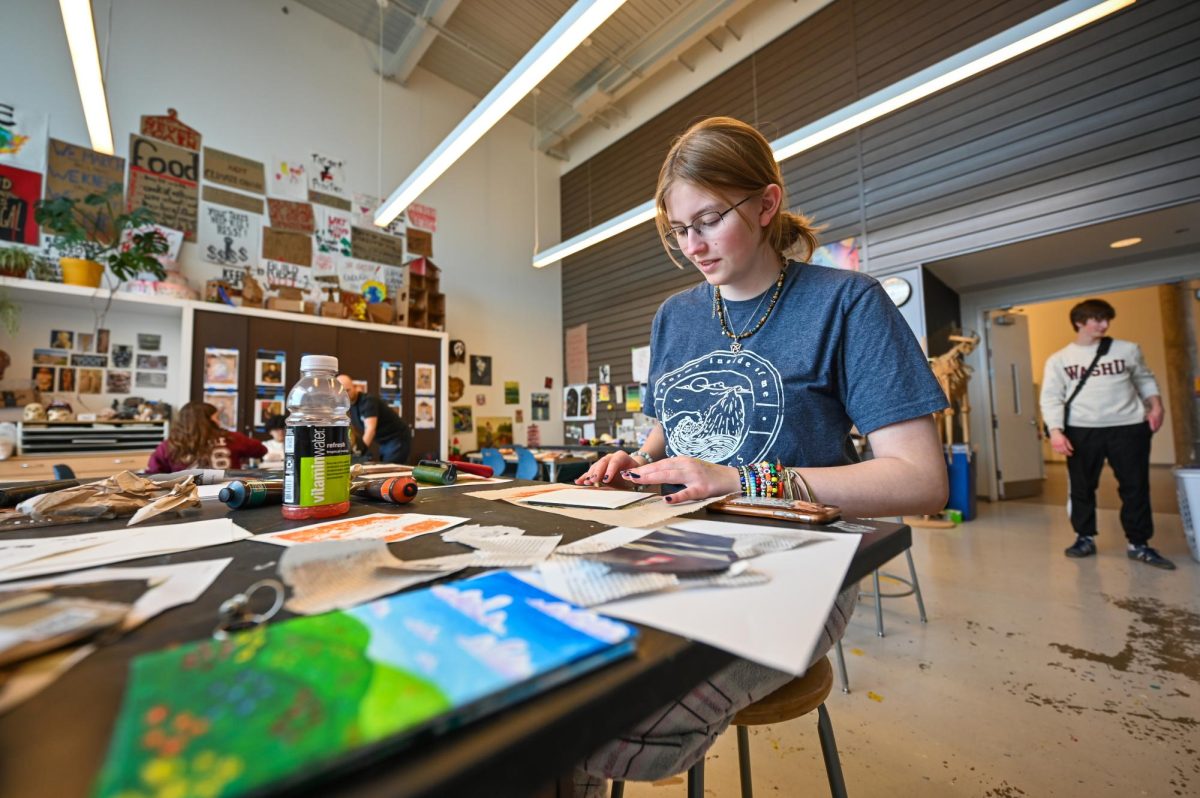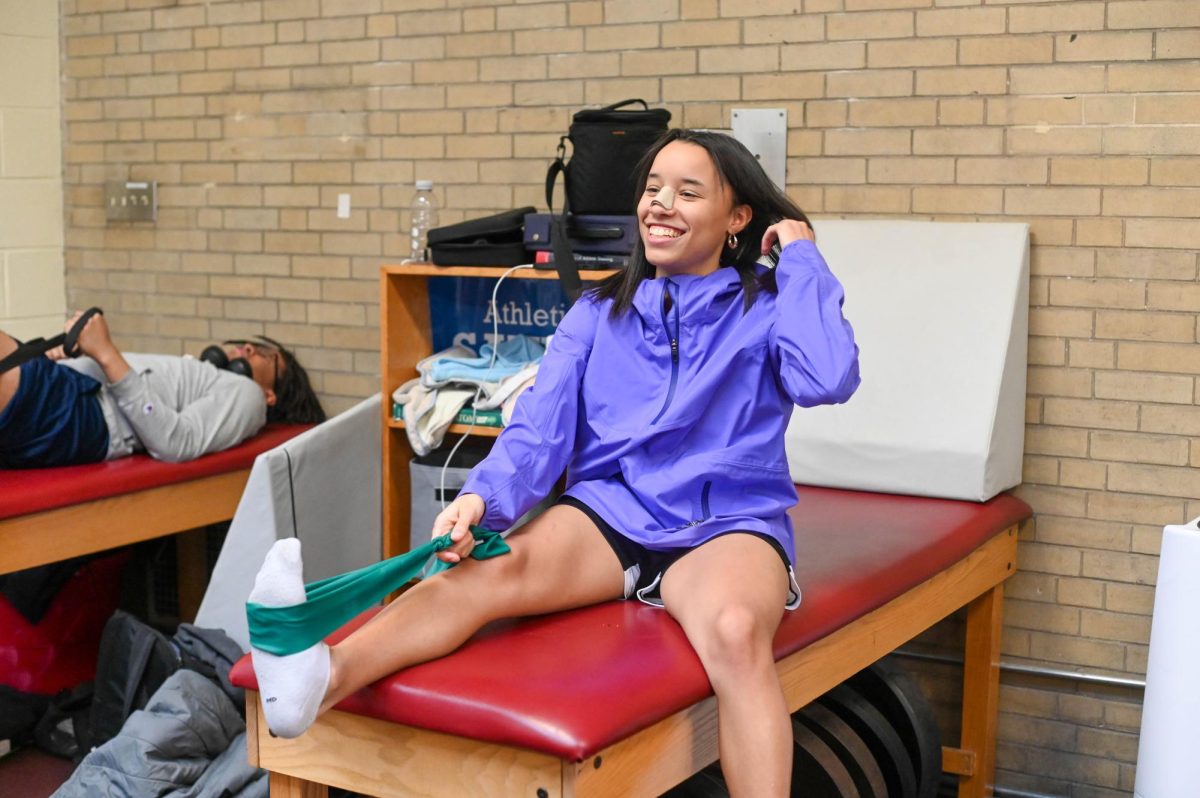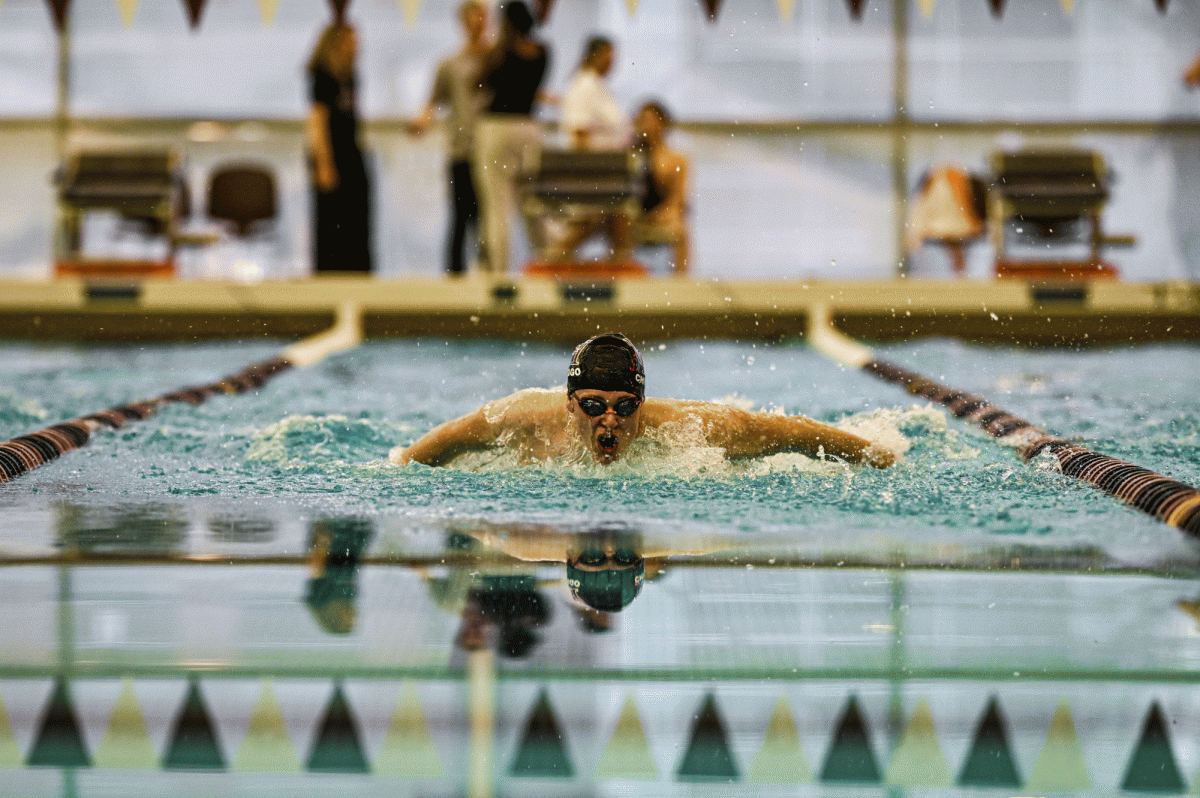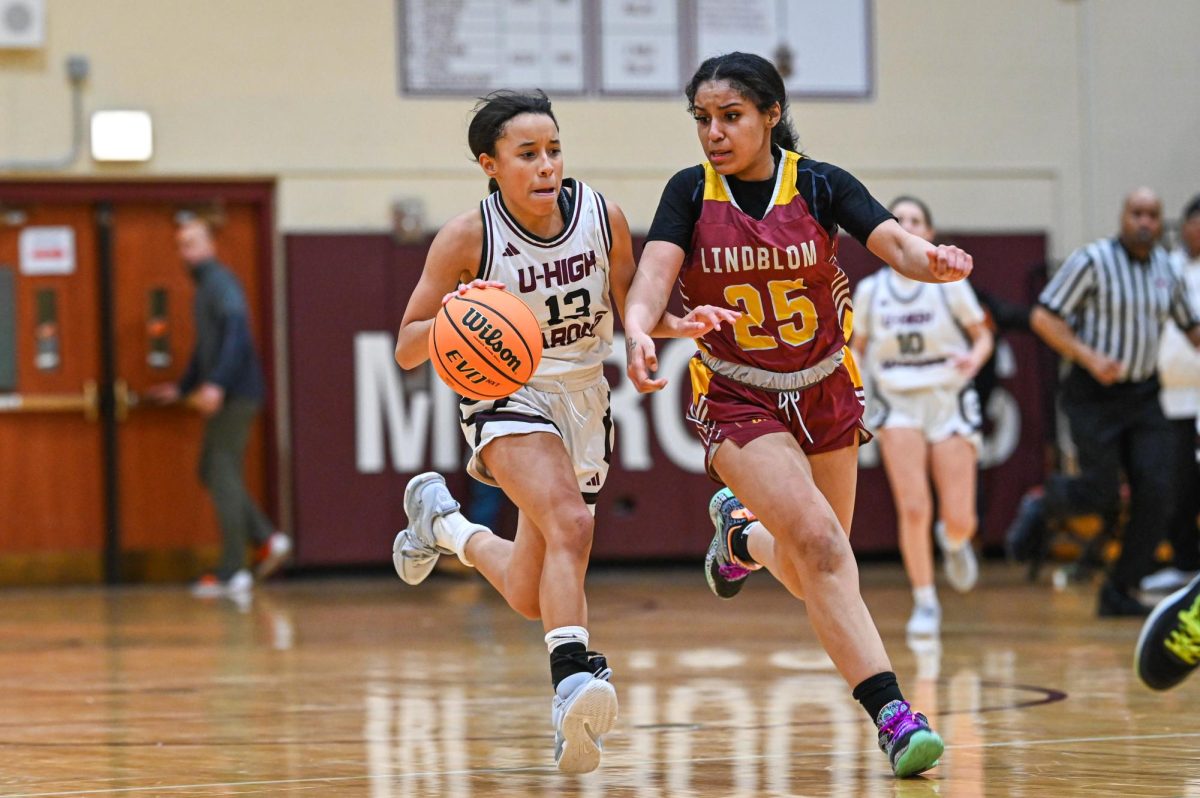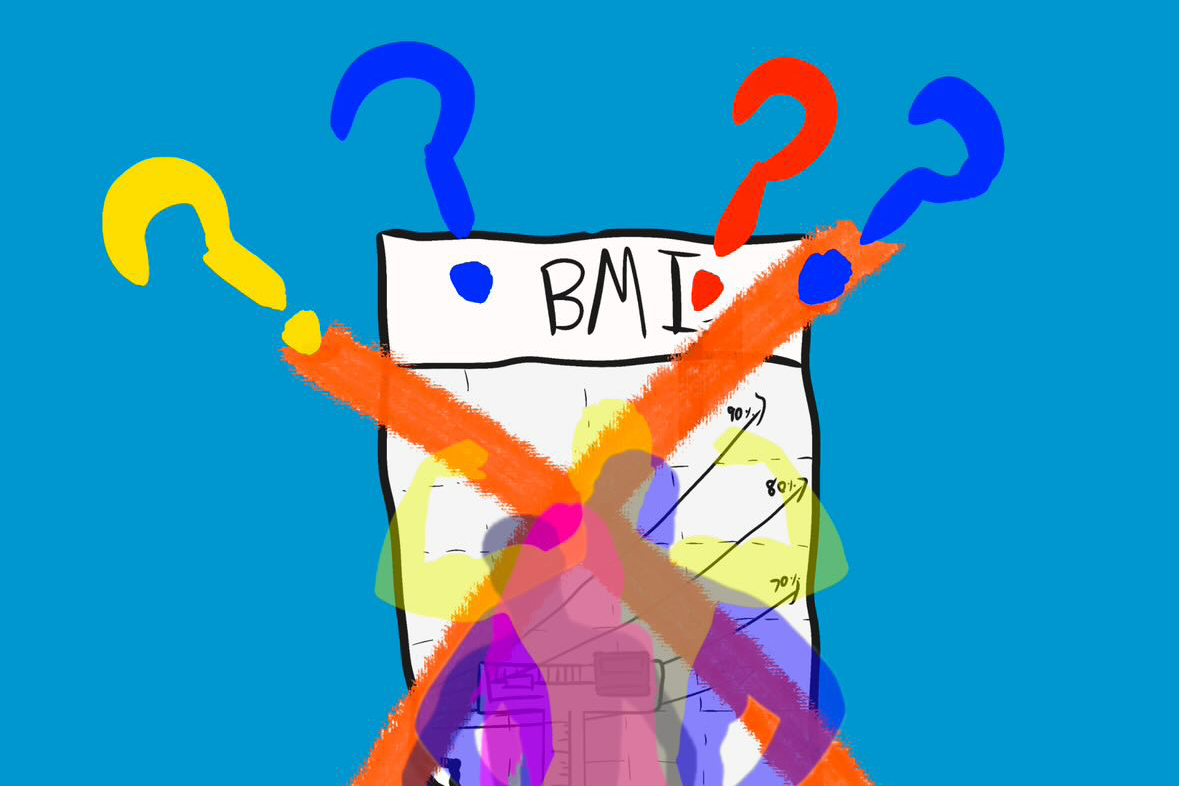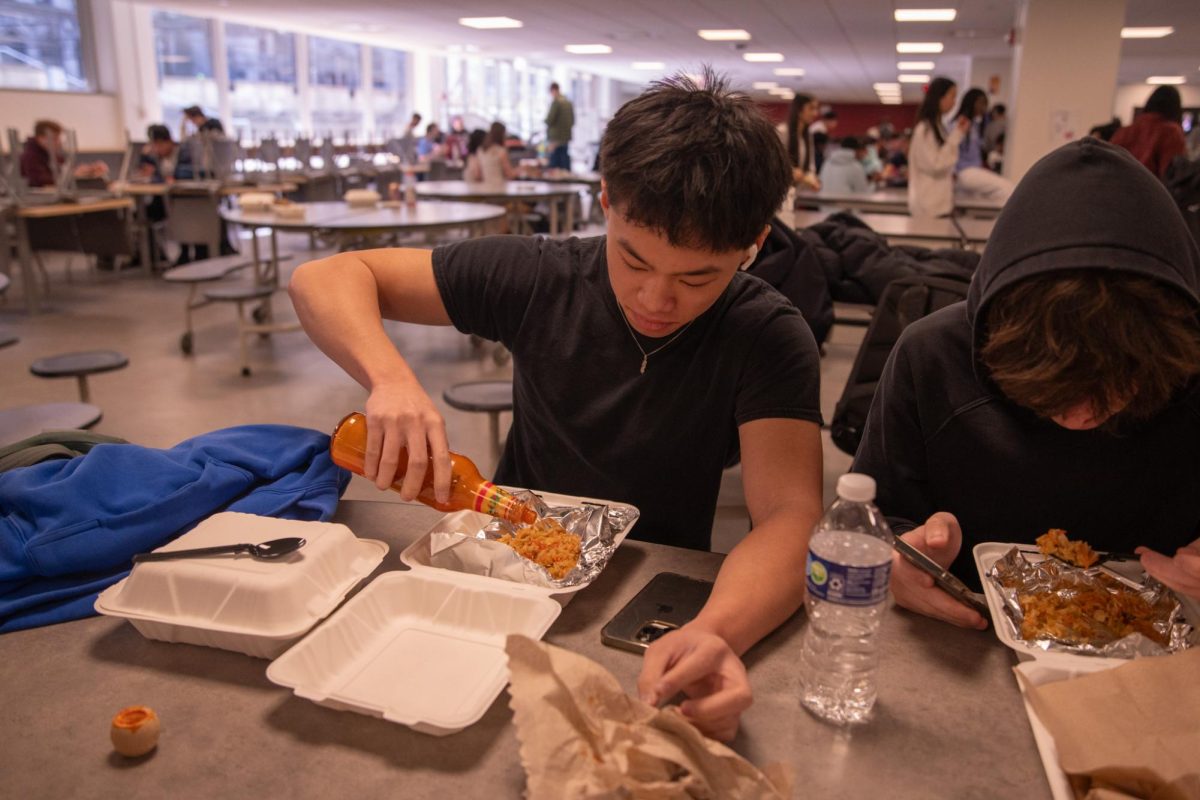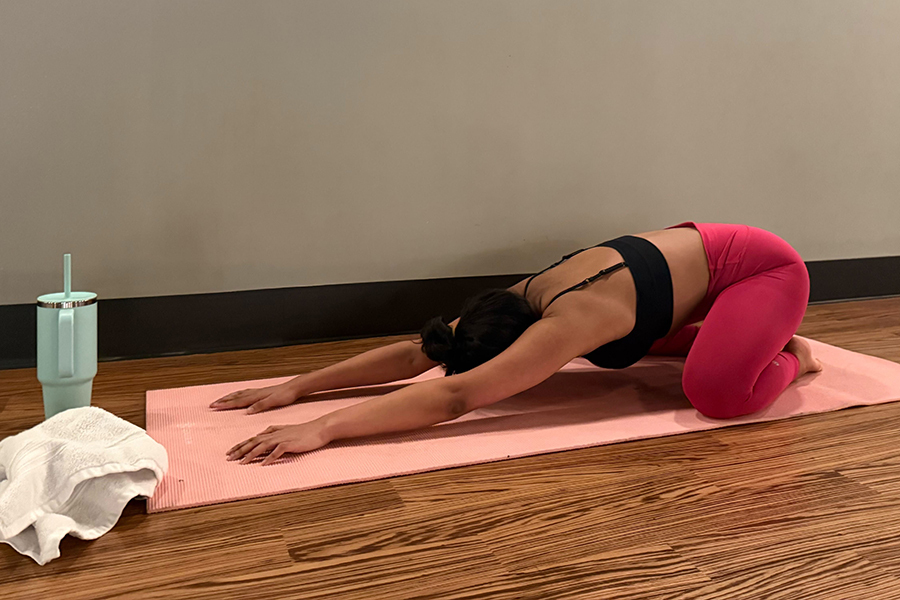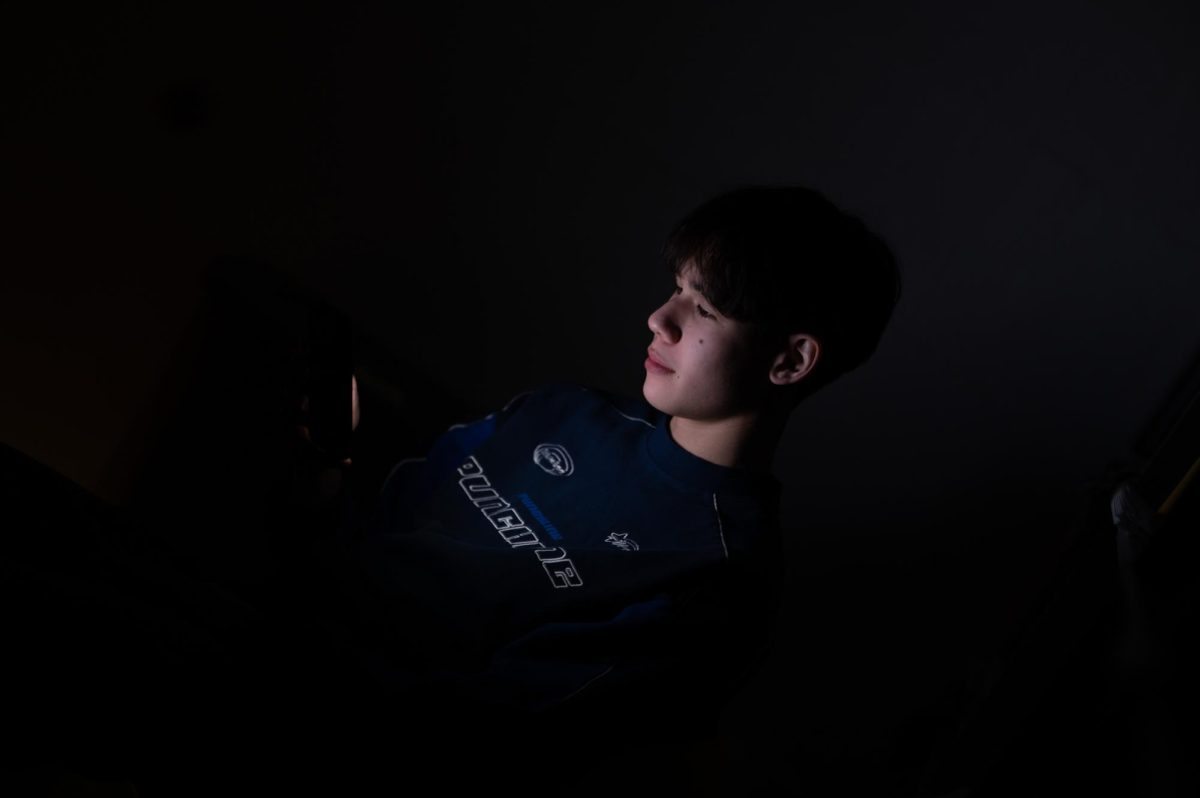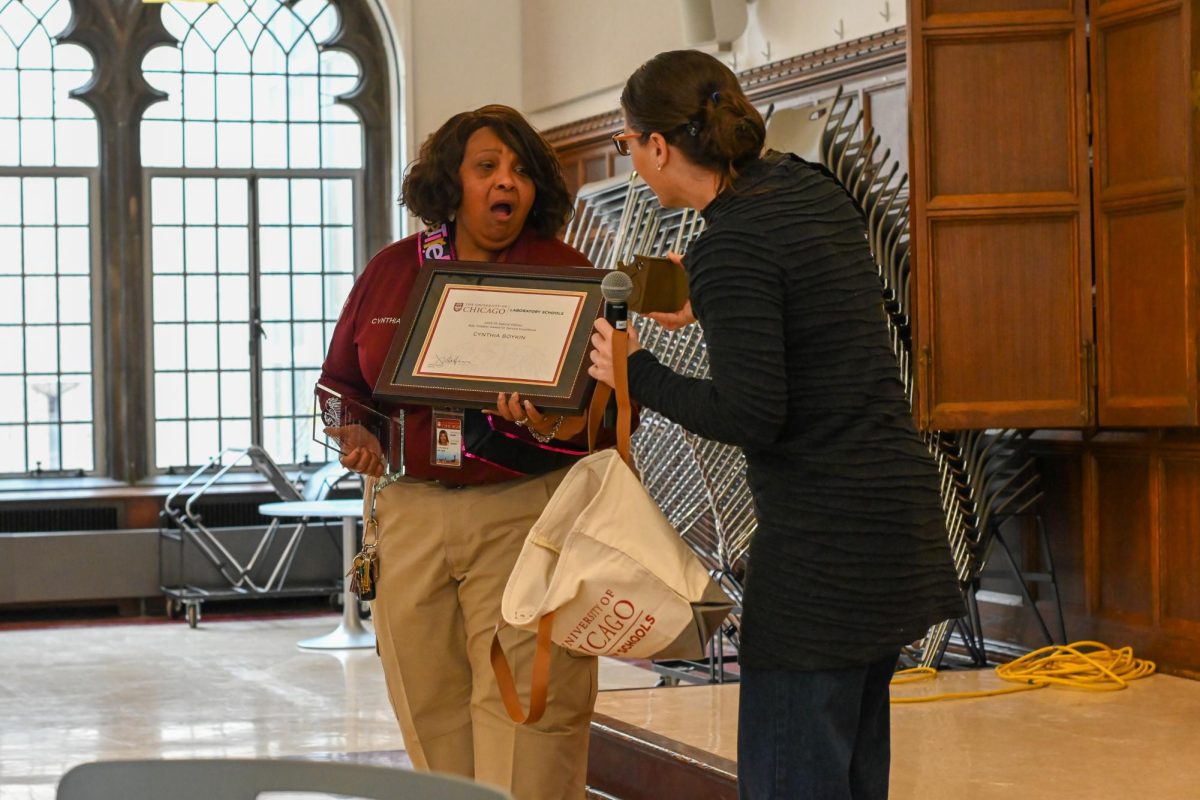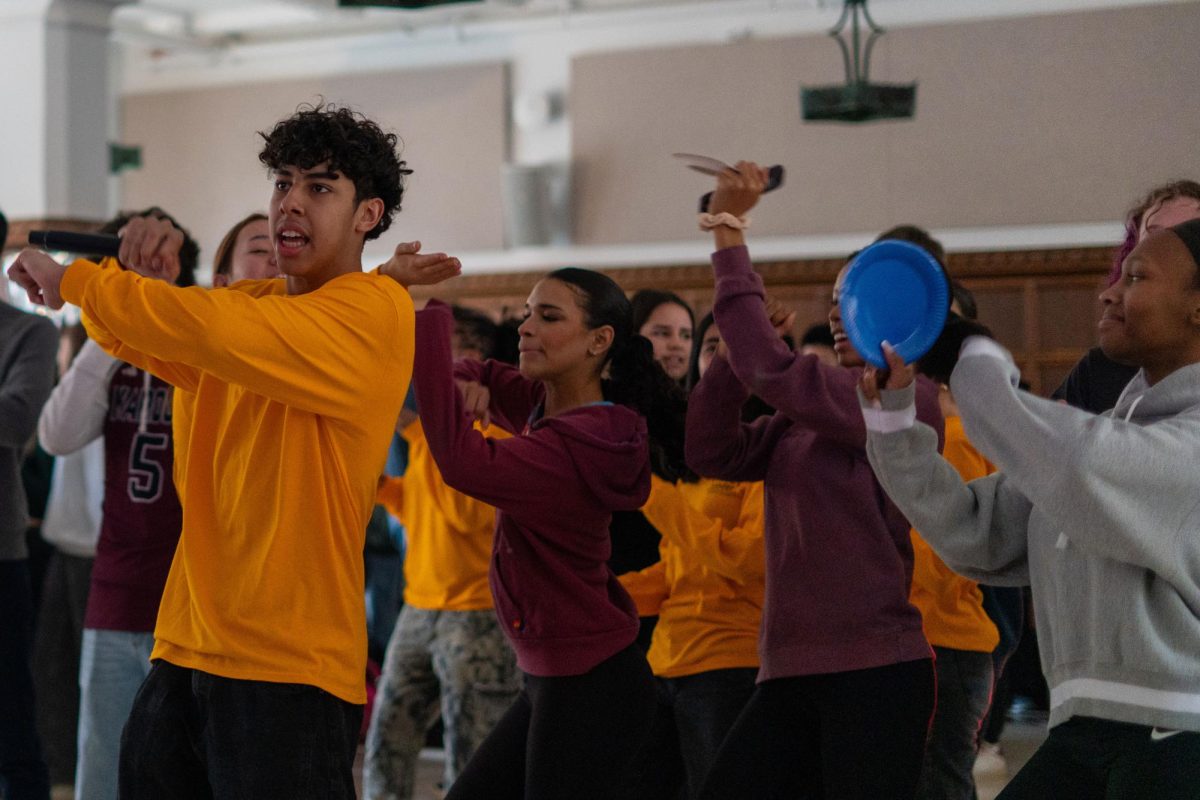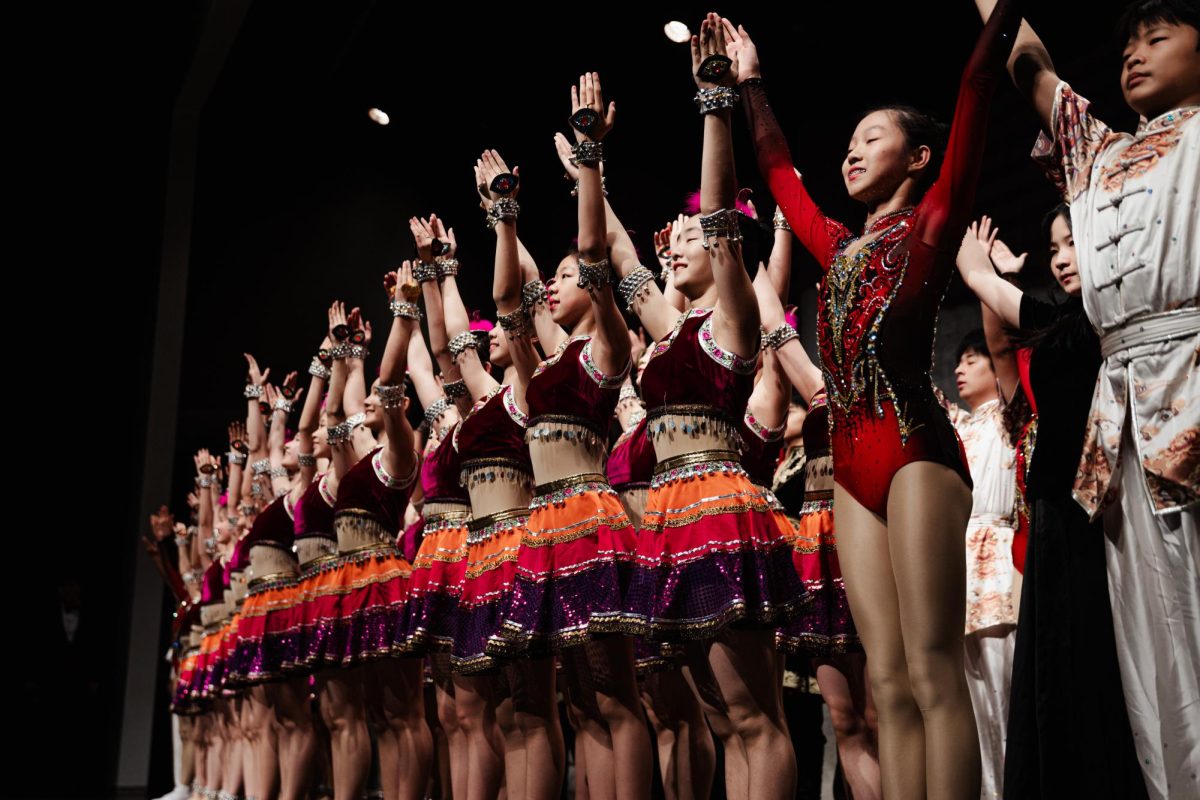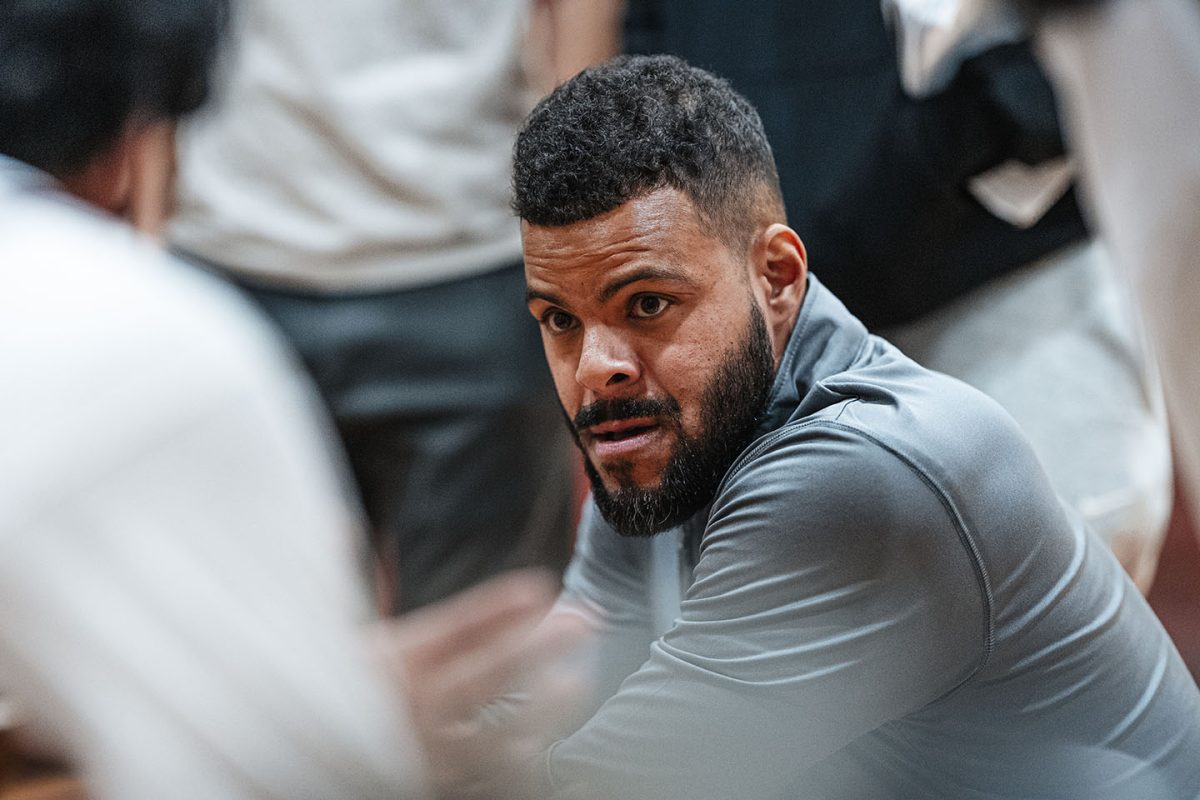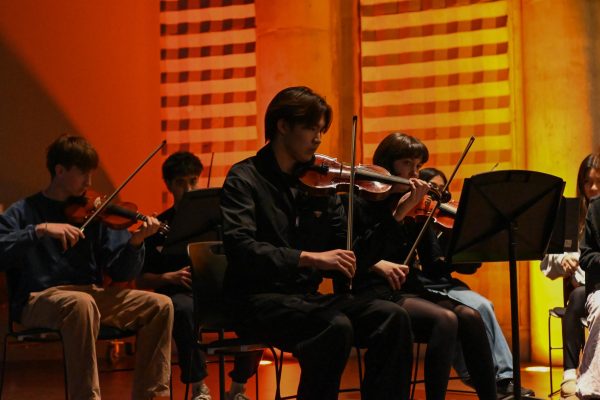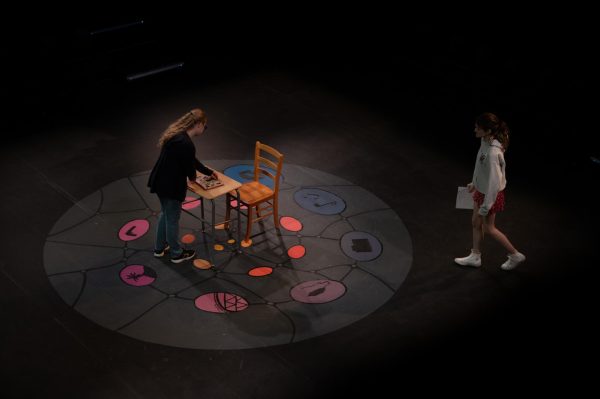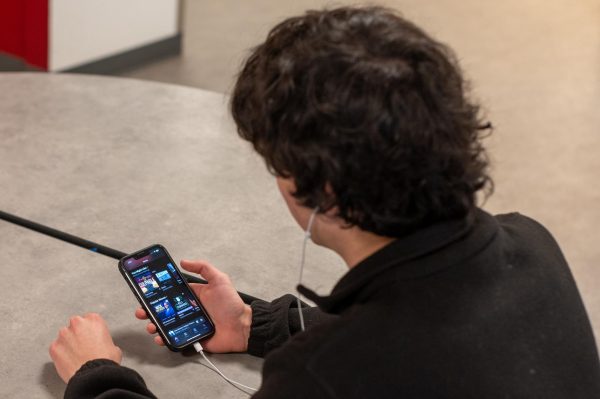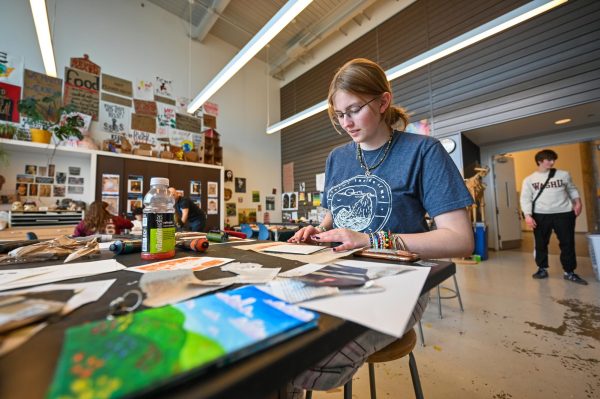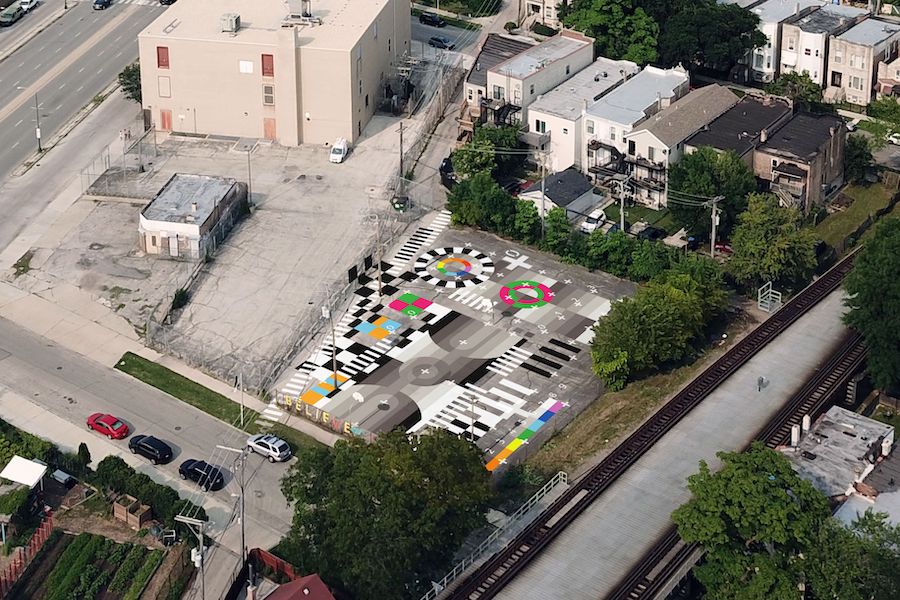2021 Chicago Architecture Biennial repurposes city spaces
Related Stories
Provided by Rachel Kaplan
“Cover the Grid” by Outpost Office is the Biennial’s installment in Bell Park. It features art and functioning sculpture installations to create a vibrant community space.
With nearly 32,000 vacant lots in the city of Chicago, the 2021 Chicago Architecture Biennial “Available City” seeks to repurpose these lots to demonstrate how they can bring communities together through architectural design.
The event features contemporary art, architecture and architectural design installations in outdoor lots all across the city, as well as several art studios and indoor venues. The sites can be viewed through Dec. 18, but some of the outdoor installations will remain indefinitely.
“I think the city really has all this potential,” Rachel Kaplan, director of the Architecture Biennial, said. “There’s opportunities to bring in voices from communities and have architectural design be a really big component of how cities evolve and develop, where it doesn’t have to be just a developer, top down, but it really is a bottom up. What are the needs? What are the interests of those communities?”
The indoor art, architecture, and architectural design installations can be viewed at the Graham Foundation in Gold Coast, the Chicago Cultural Center in the Loop, the Central Park Theater in North Lawndale, and the Bronzeville Artist Lofts. The outdoor installations can be viewed in Woodlawn at 63rd Street and University Avenue, at Bell Park in North Lawndale, at CCA Academy PermaPark in North Lawndale, at El Paseo Community Garden in Pilsen, at the Overton Incubator in Bronzeville, at Project H.O.O.D. in Woodlawn, at Soil Lab in North Lawndale, at Southbound Park in the South Loop, at The Englewood Village Plaza, and the YMEN North Lawndale Bike Box.
One of the installations at the Graham Foundation was made by Francisco Quiñones and Nathan Friedman who are directors of Departamento del Distrito based in Mexico City. This organization works to preserve and repurpose important and historical structures in architecture. Their installation can be viewed at the Graham Foundation in Gold Coast.
“I think we’d say that cities are structured by value systems,” Friedman said. “They’re not necessarily things that you perceive immediately when you leave your house. But there are so many different factors at play that shaped what we would call the built environment.”

